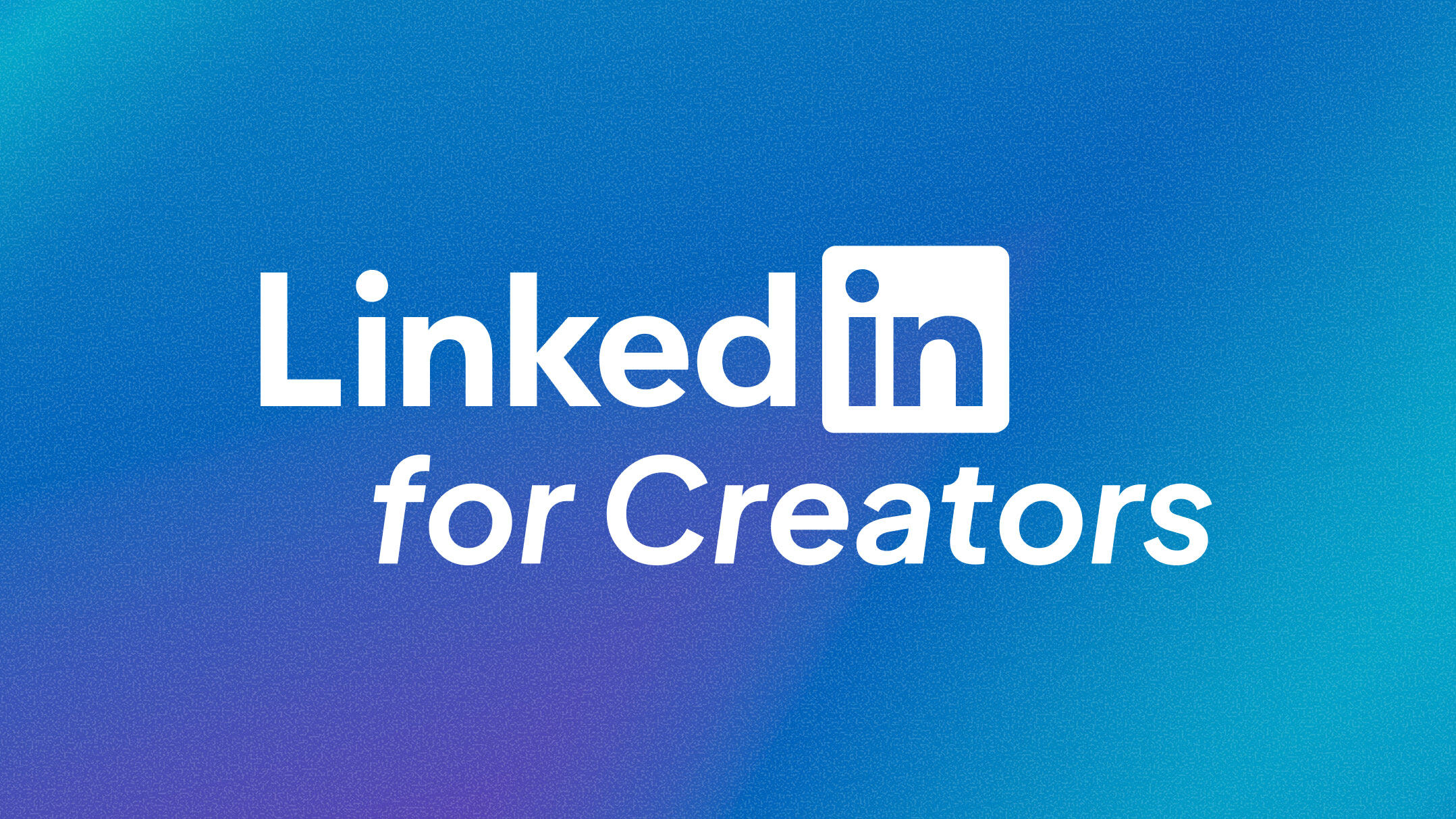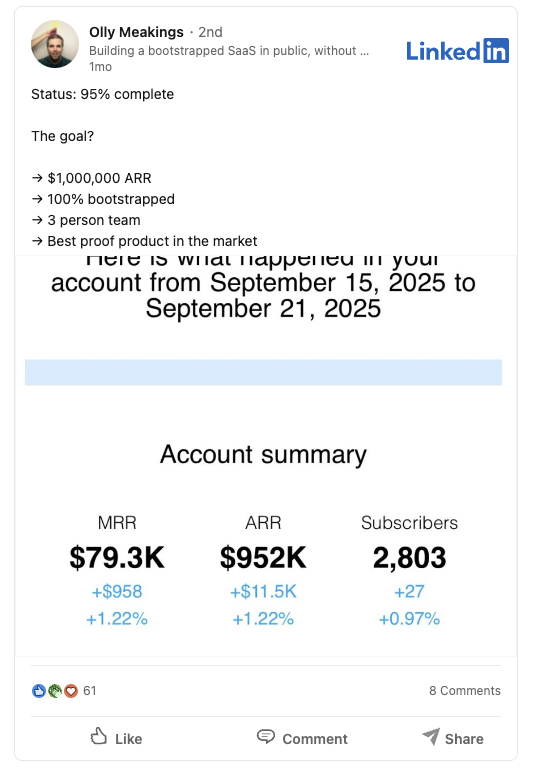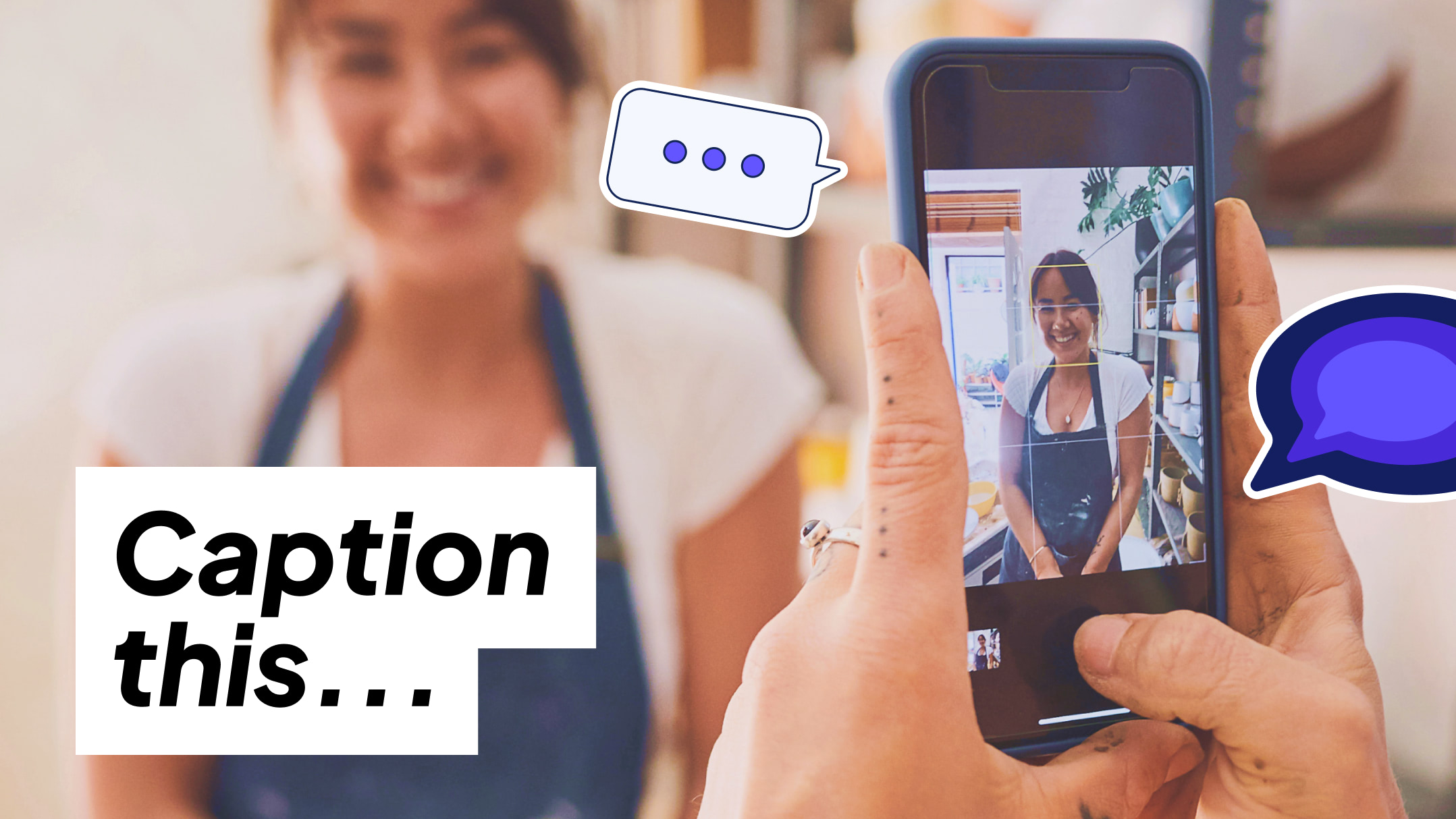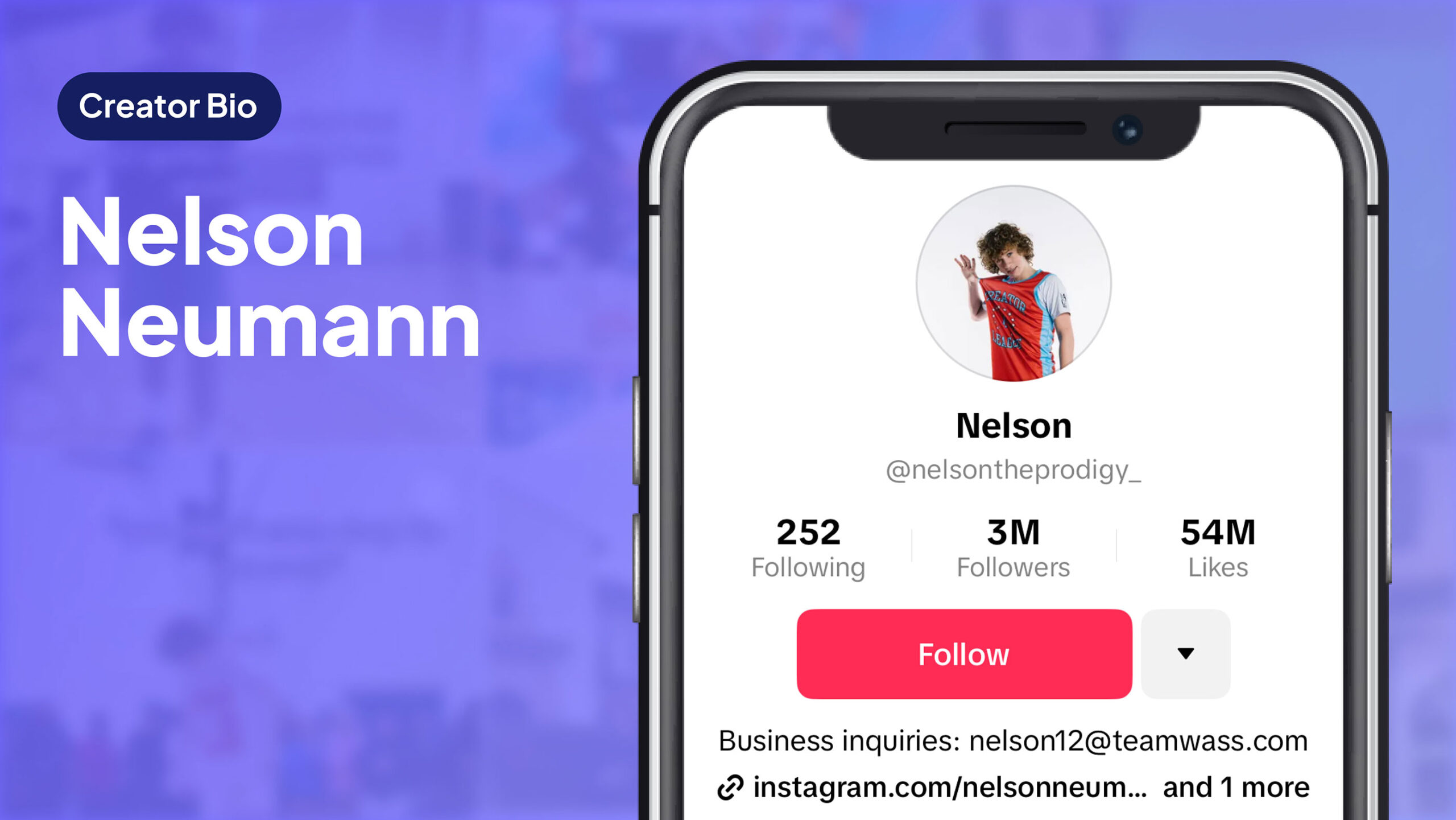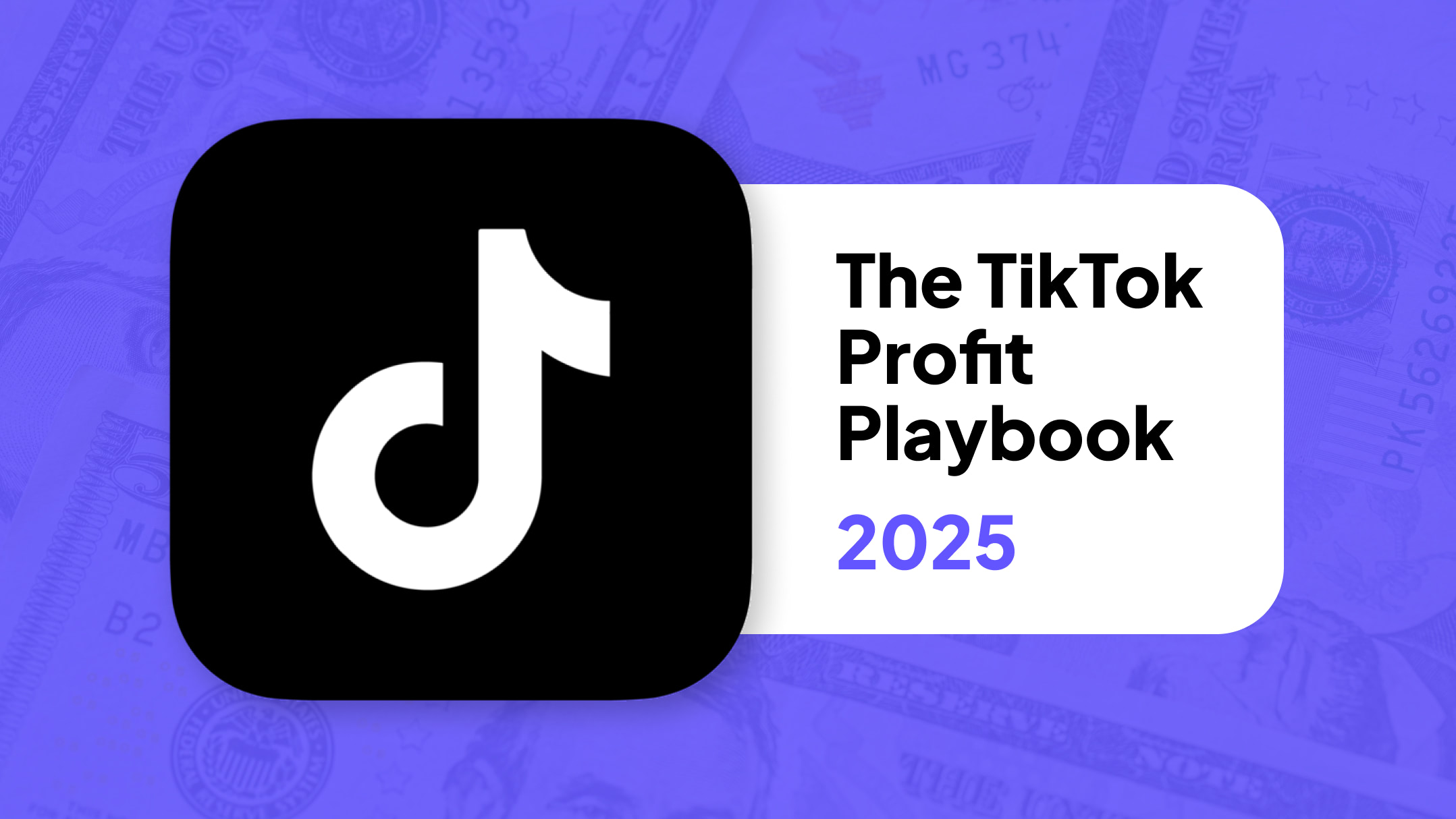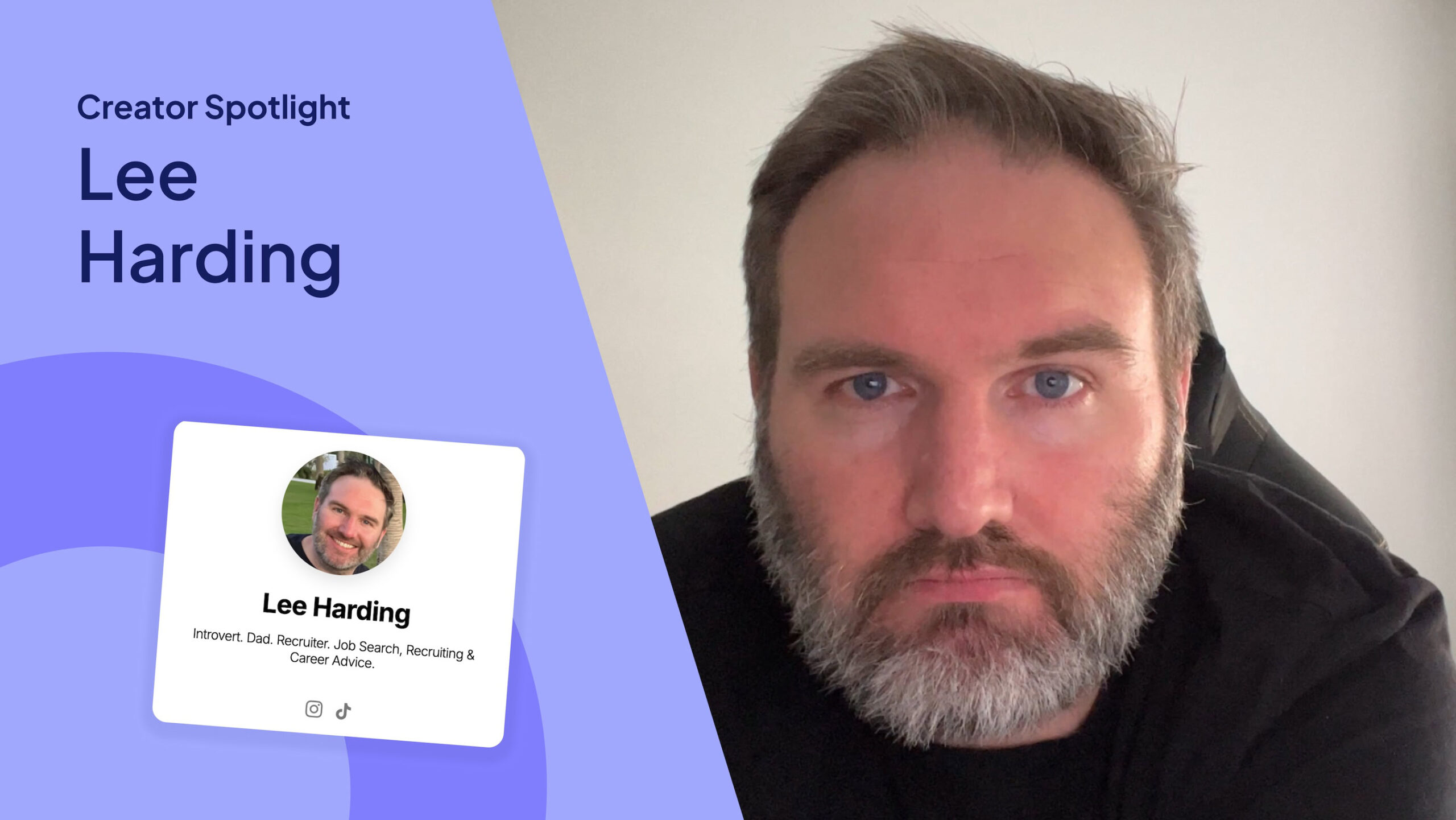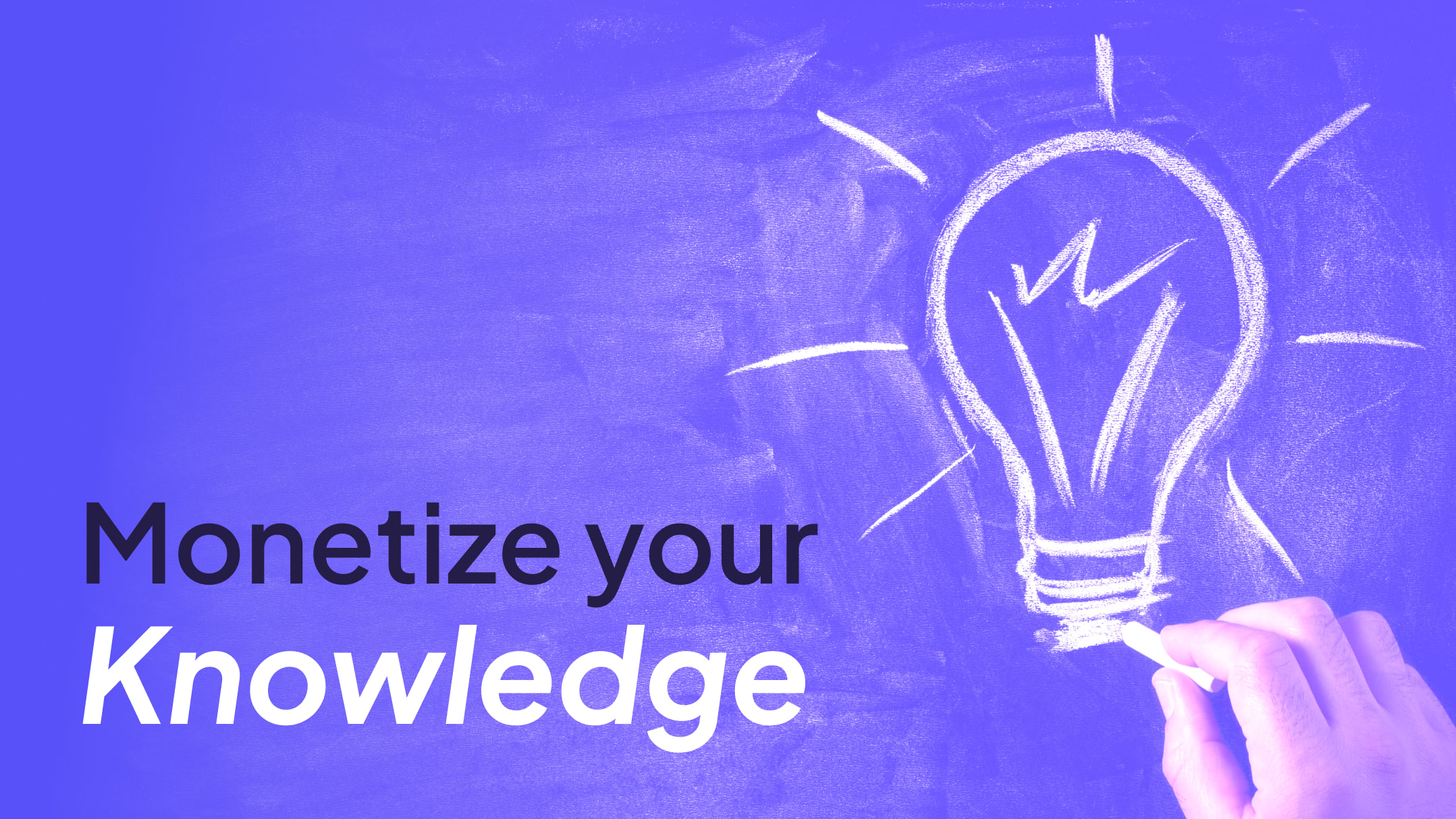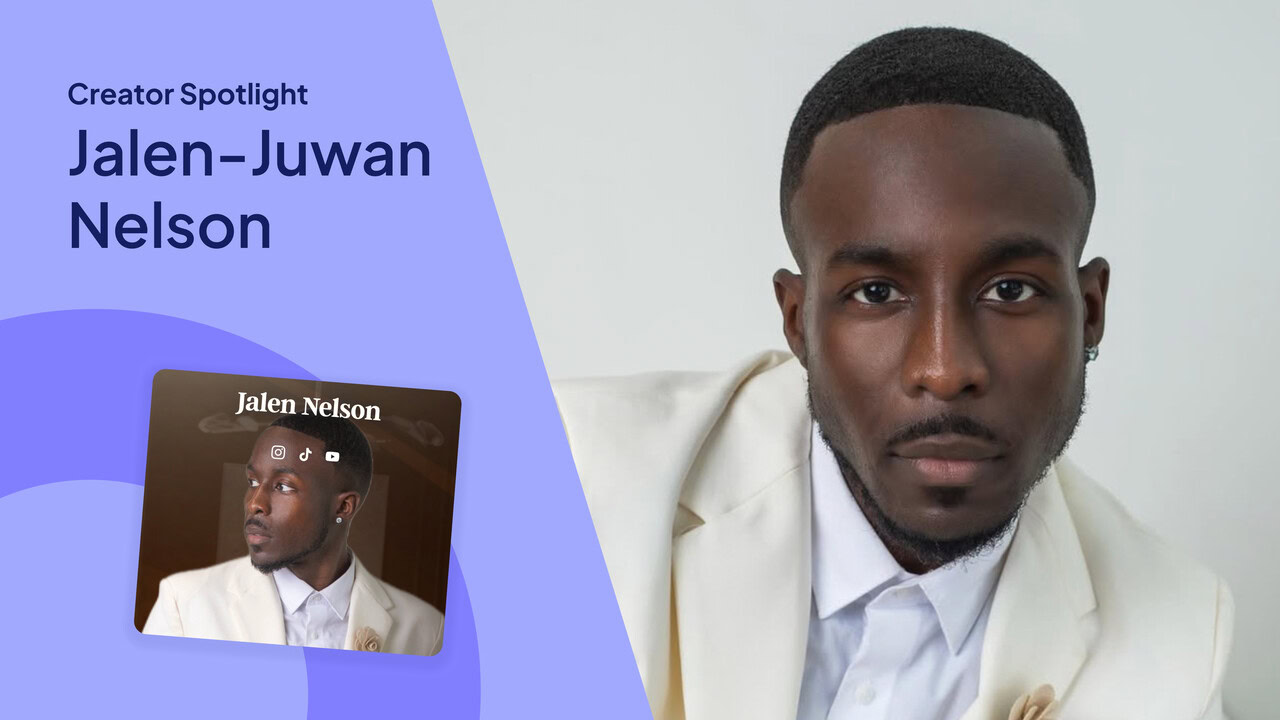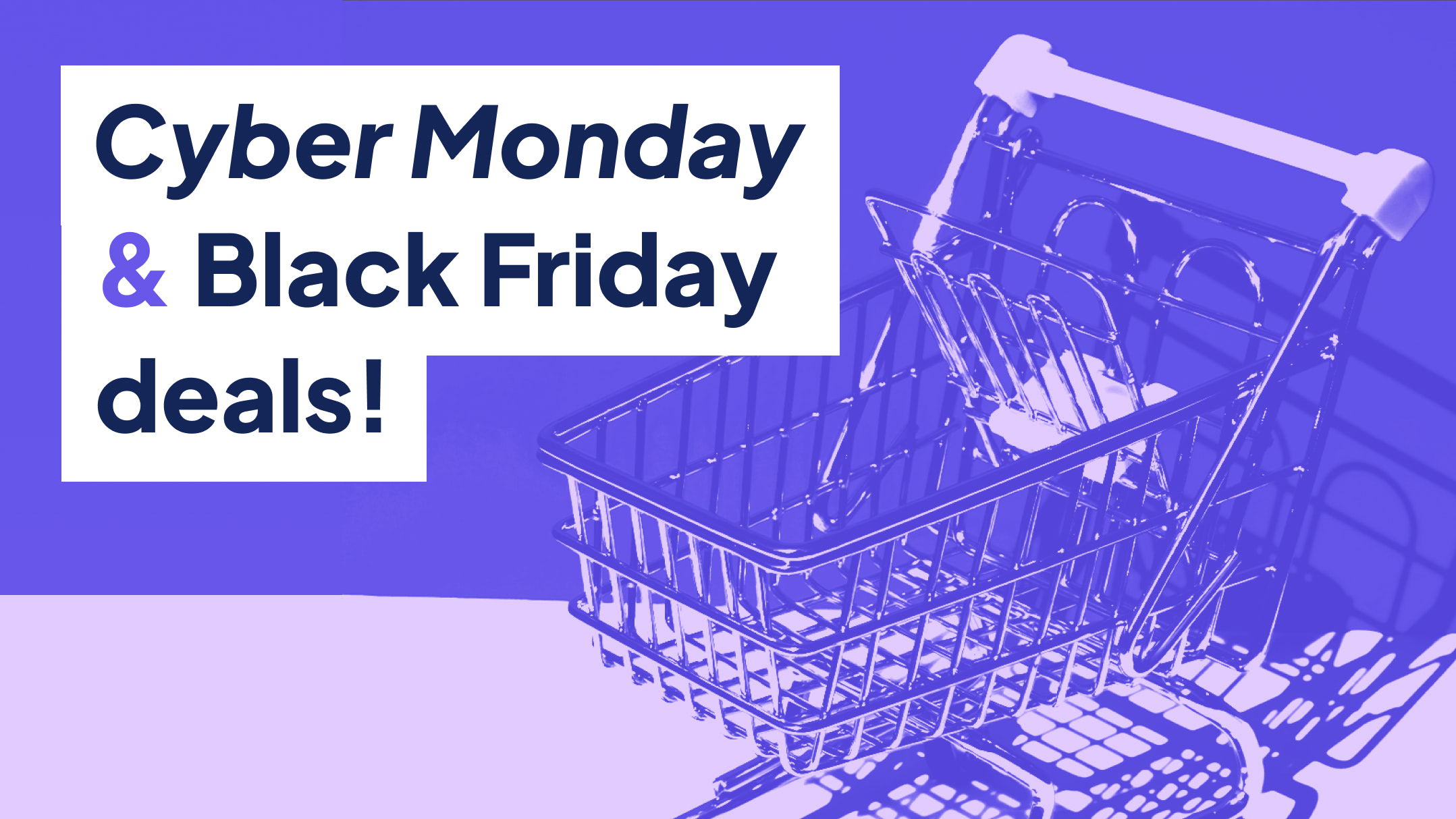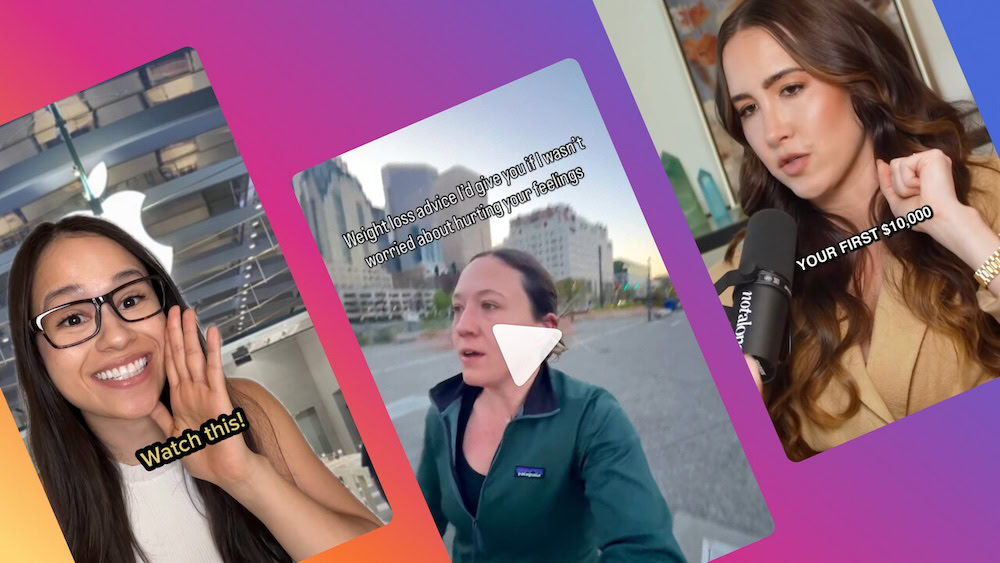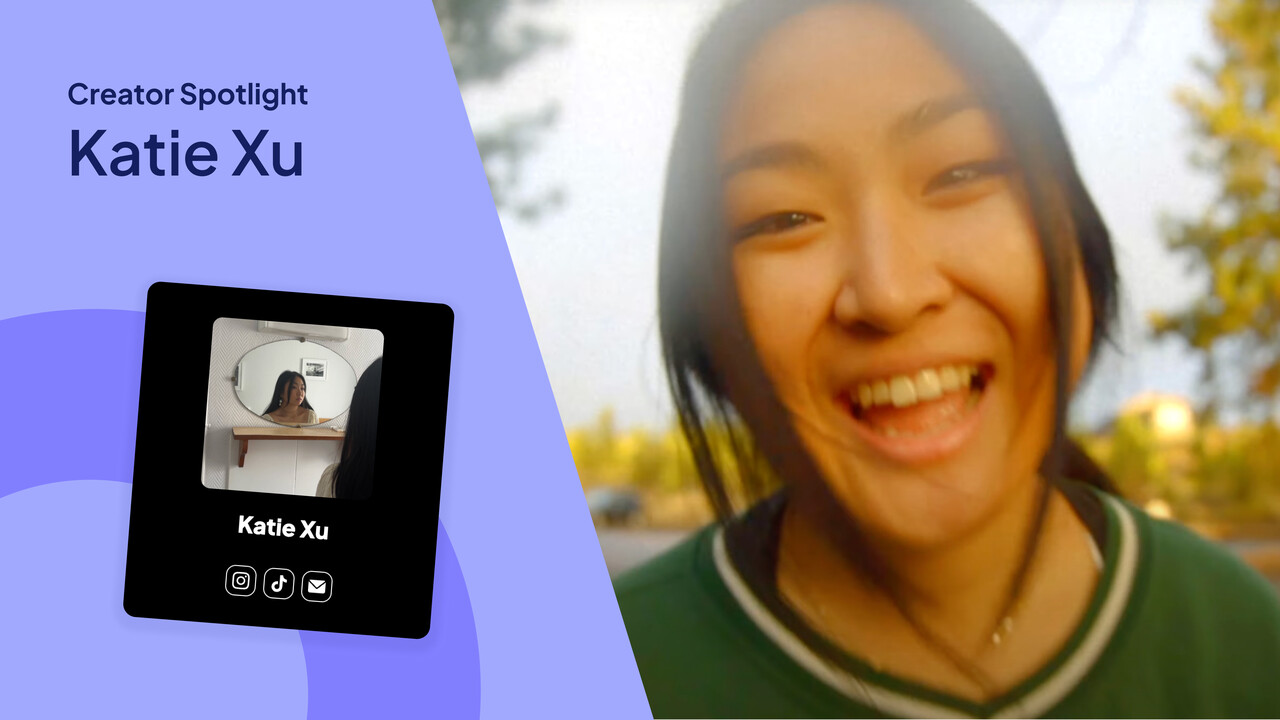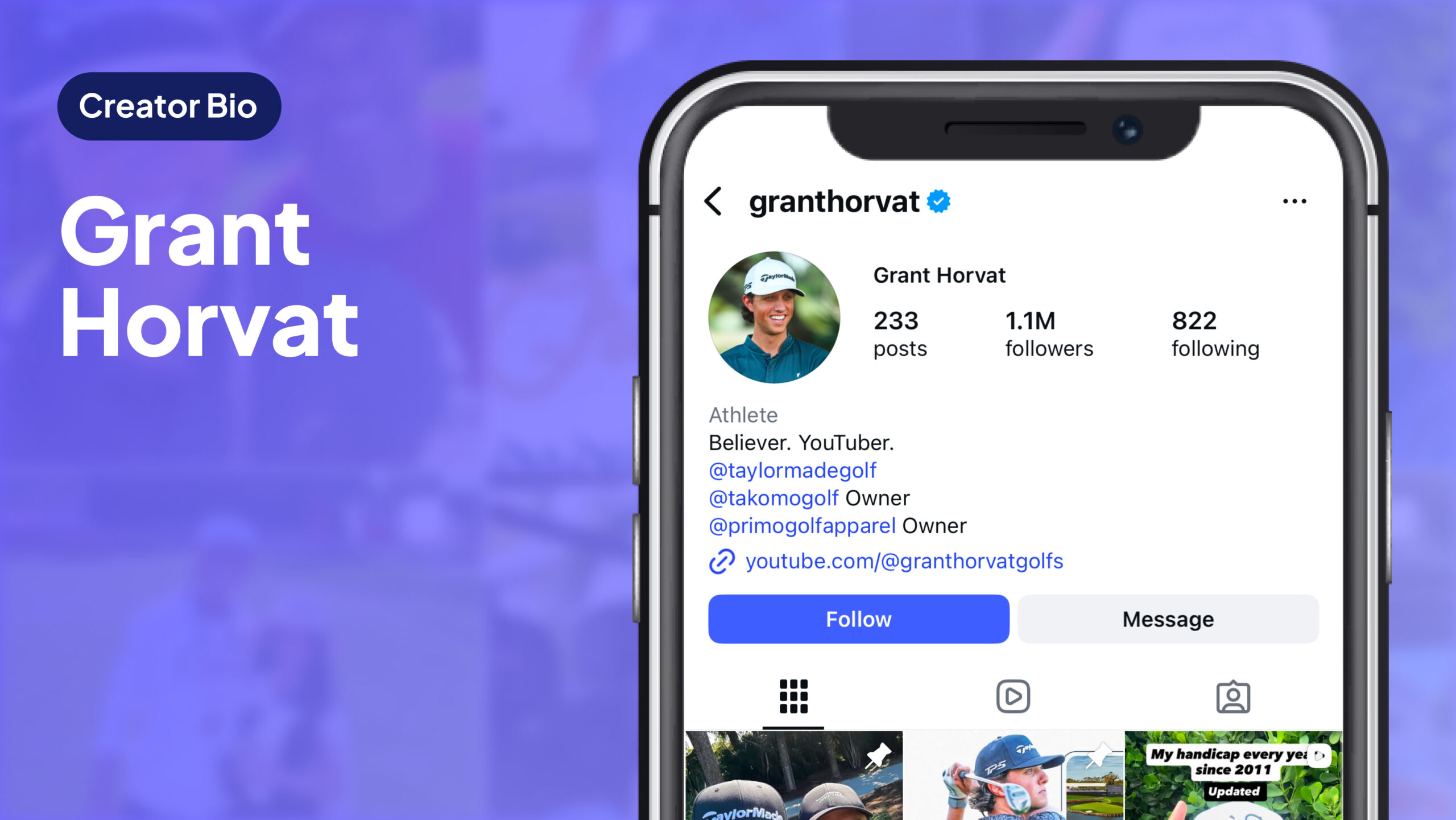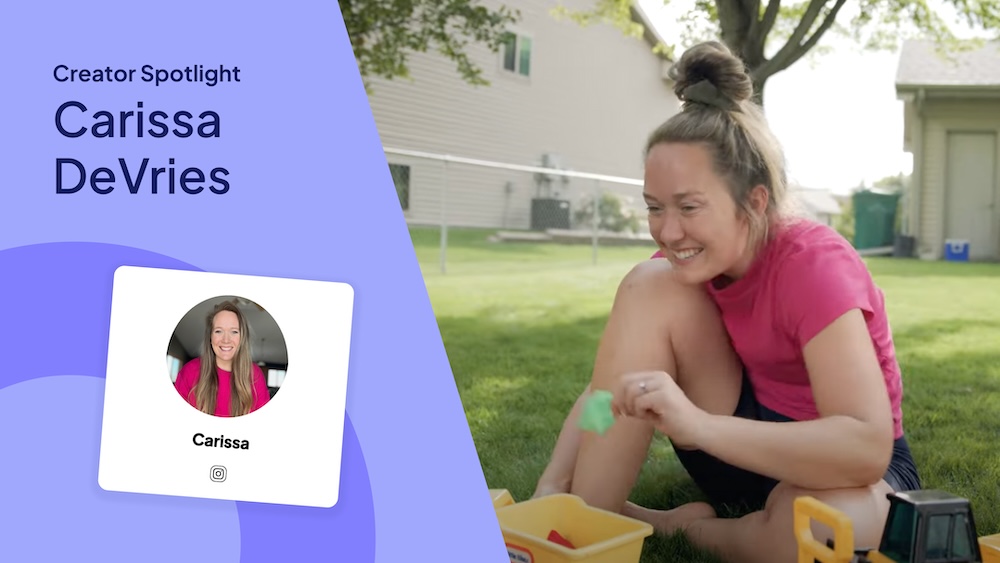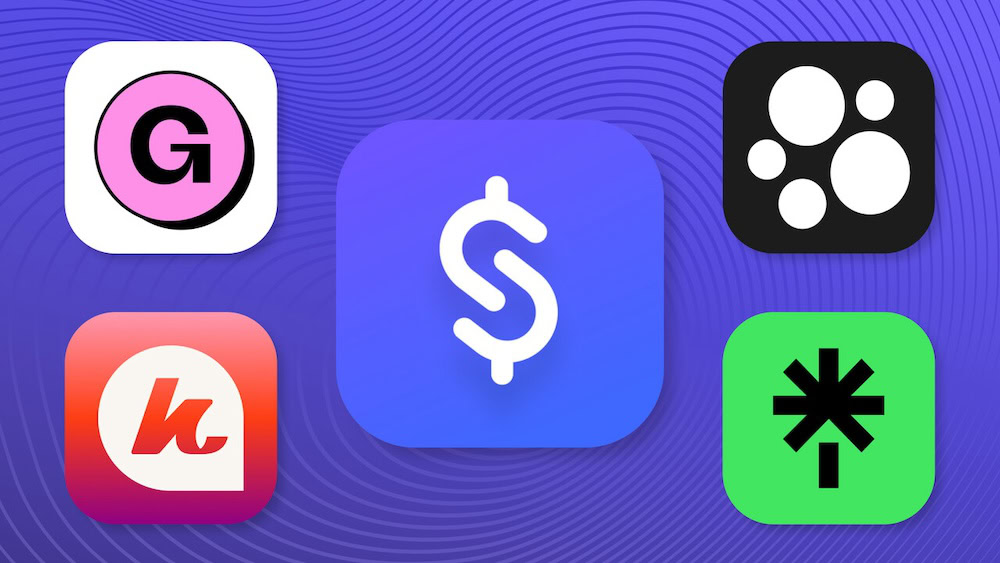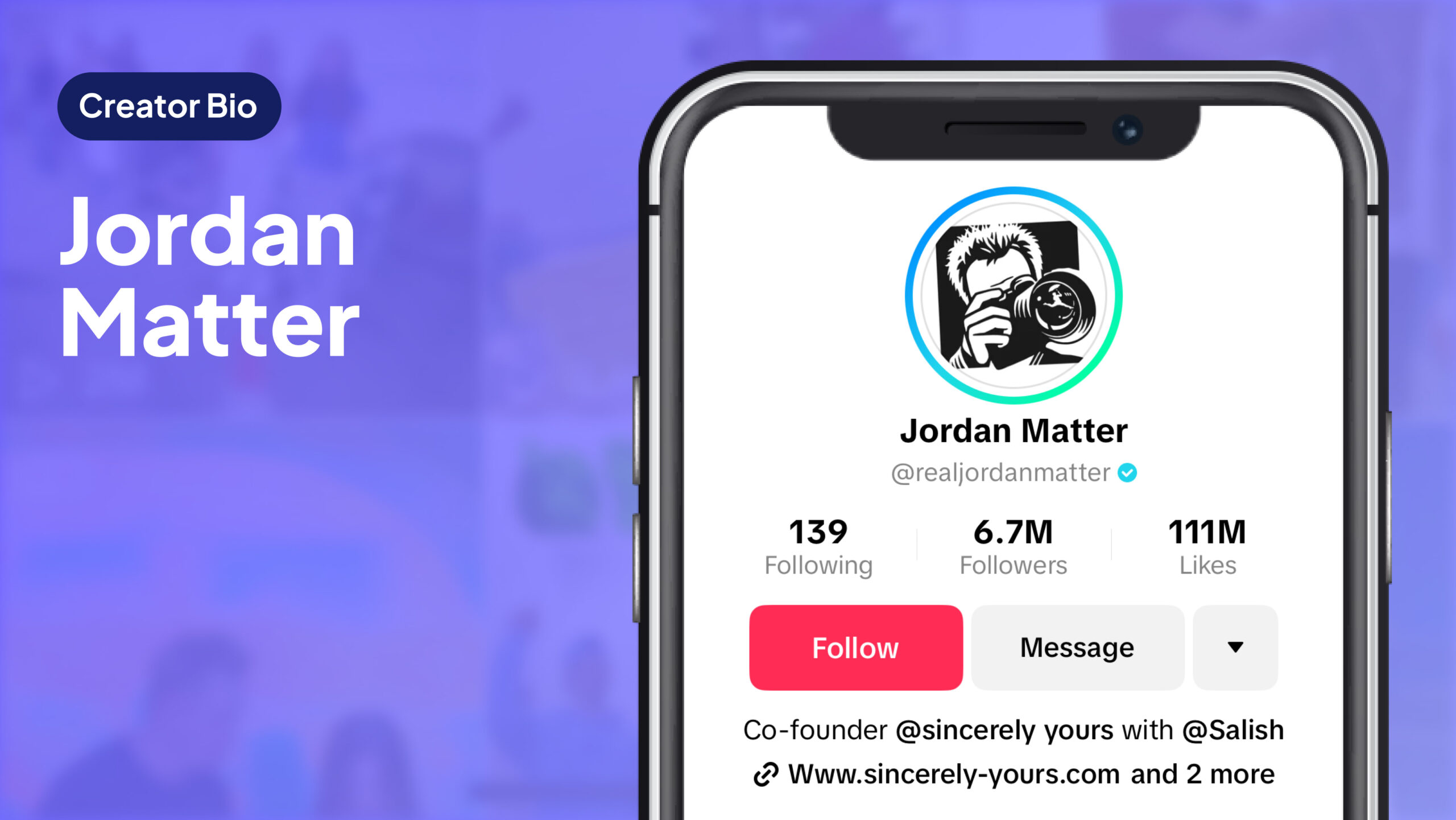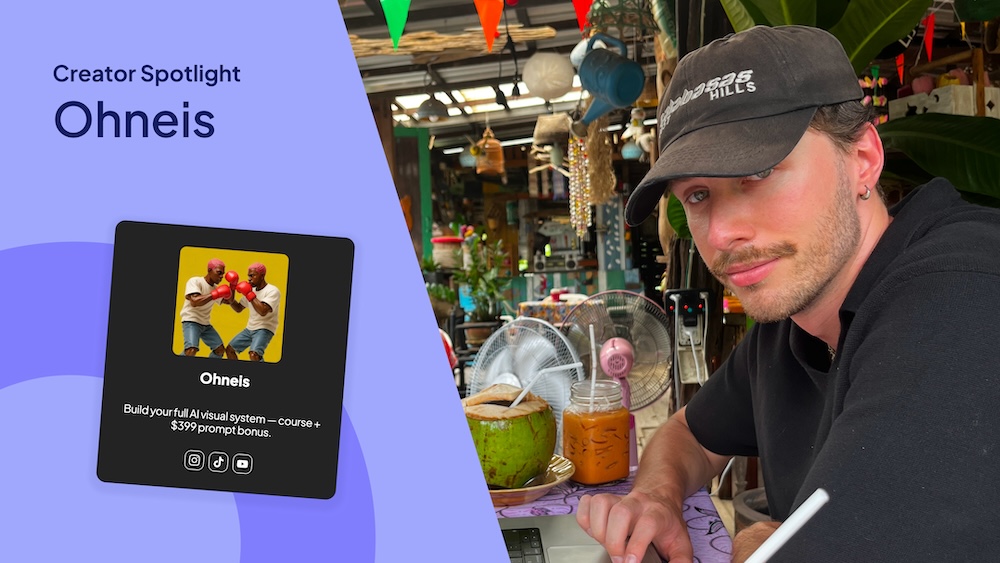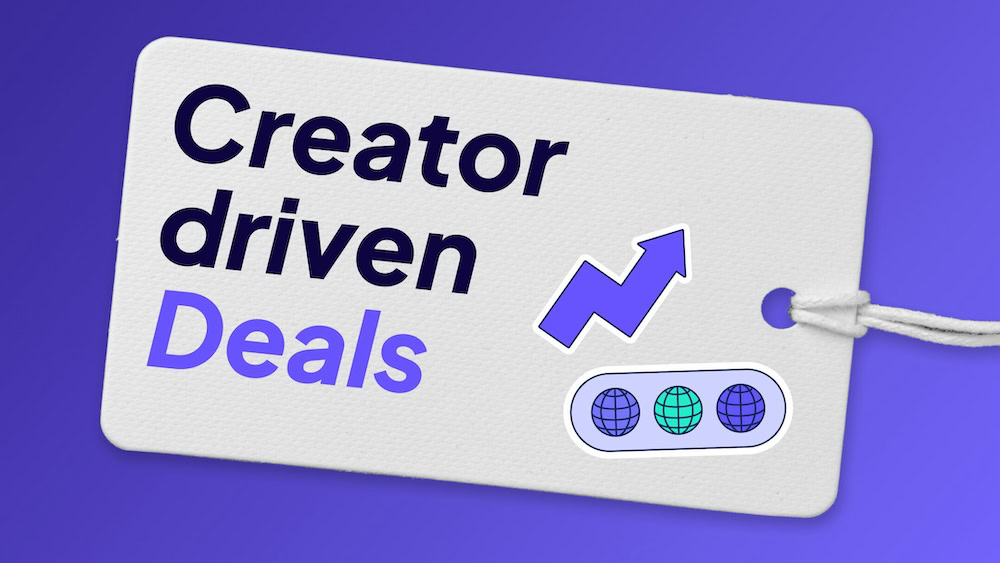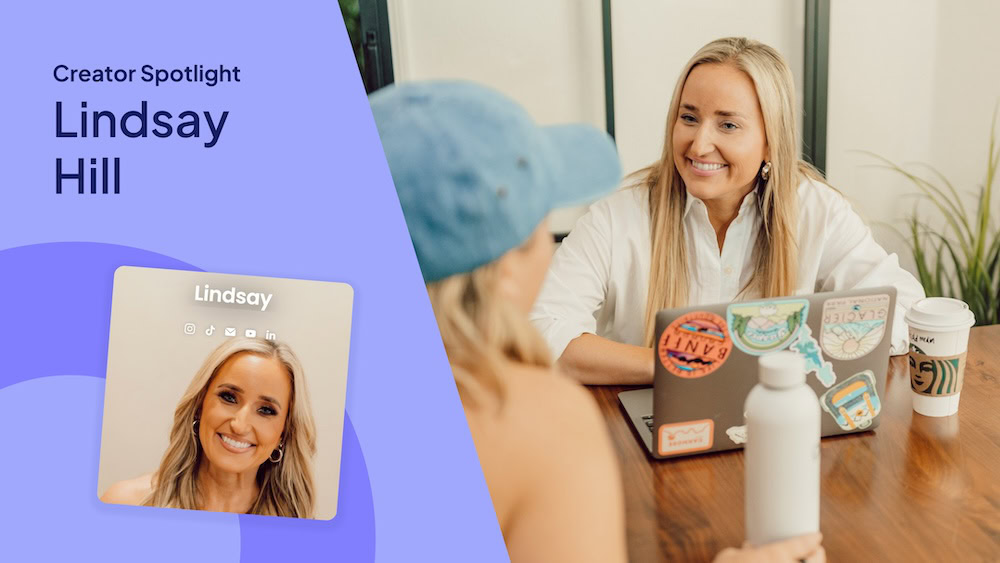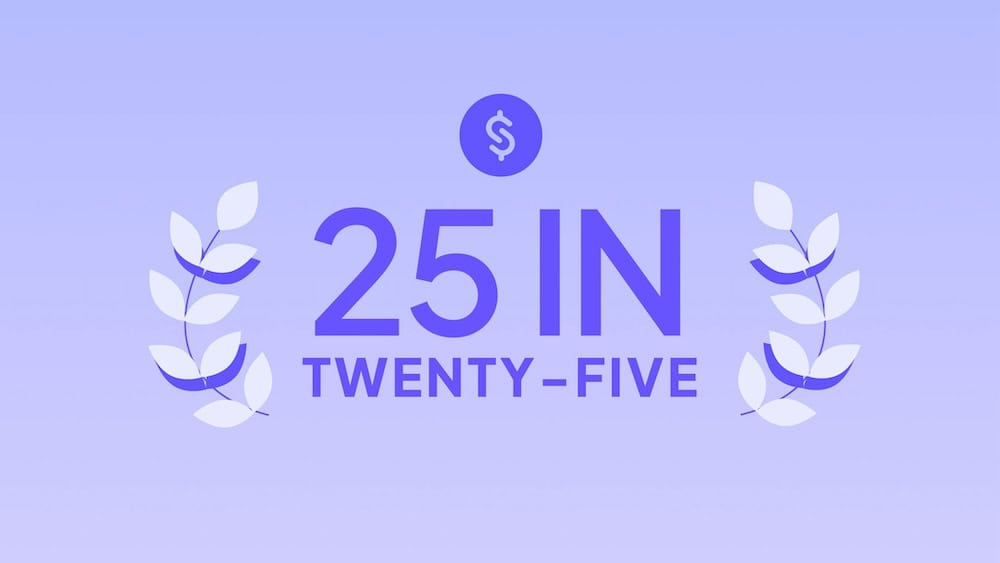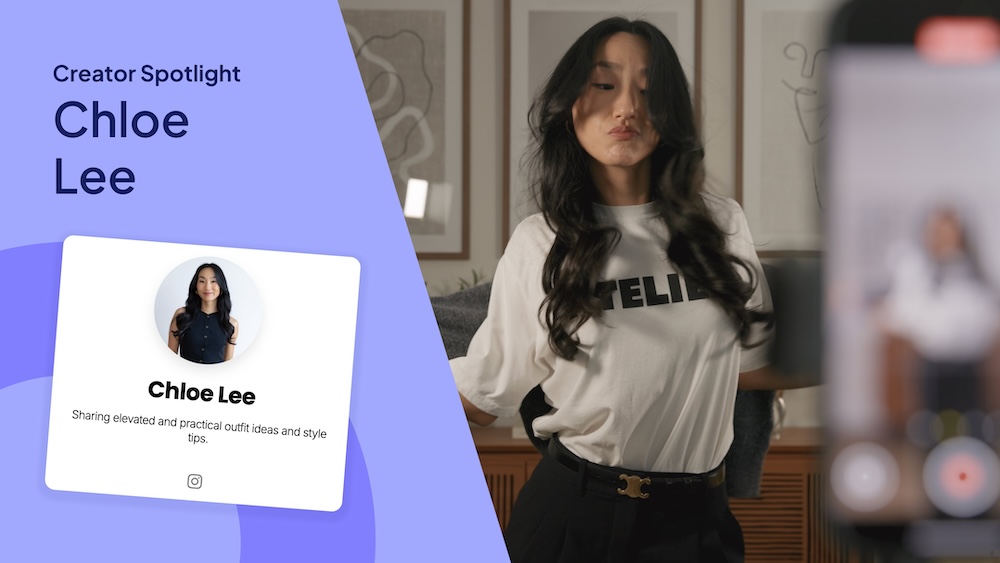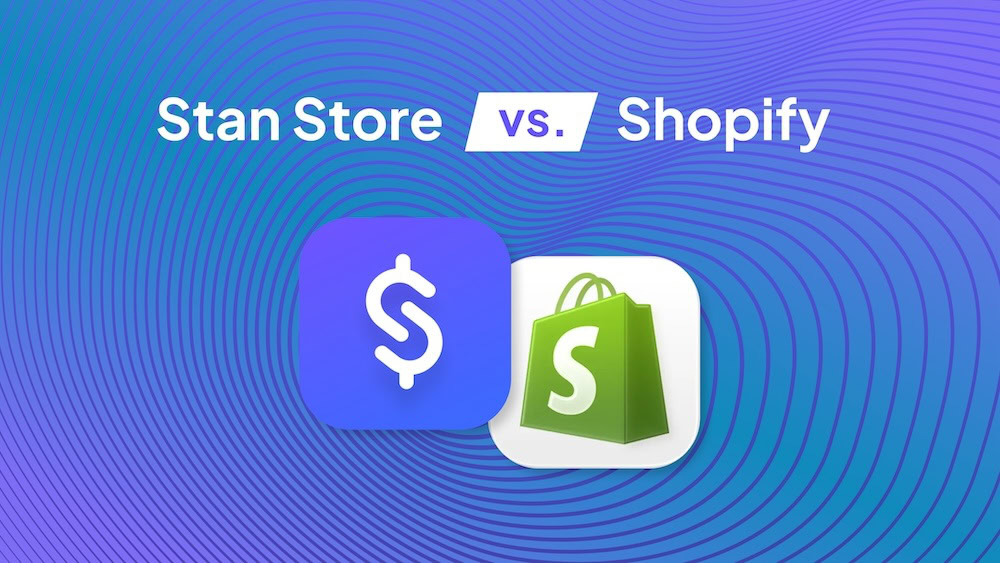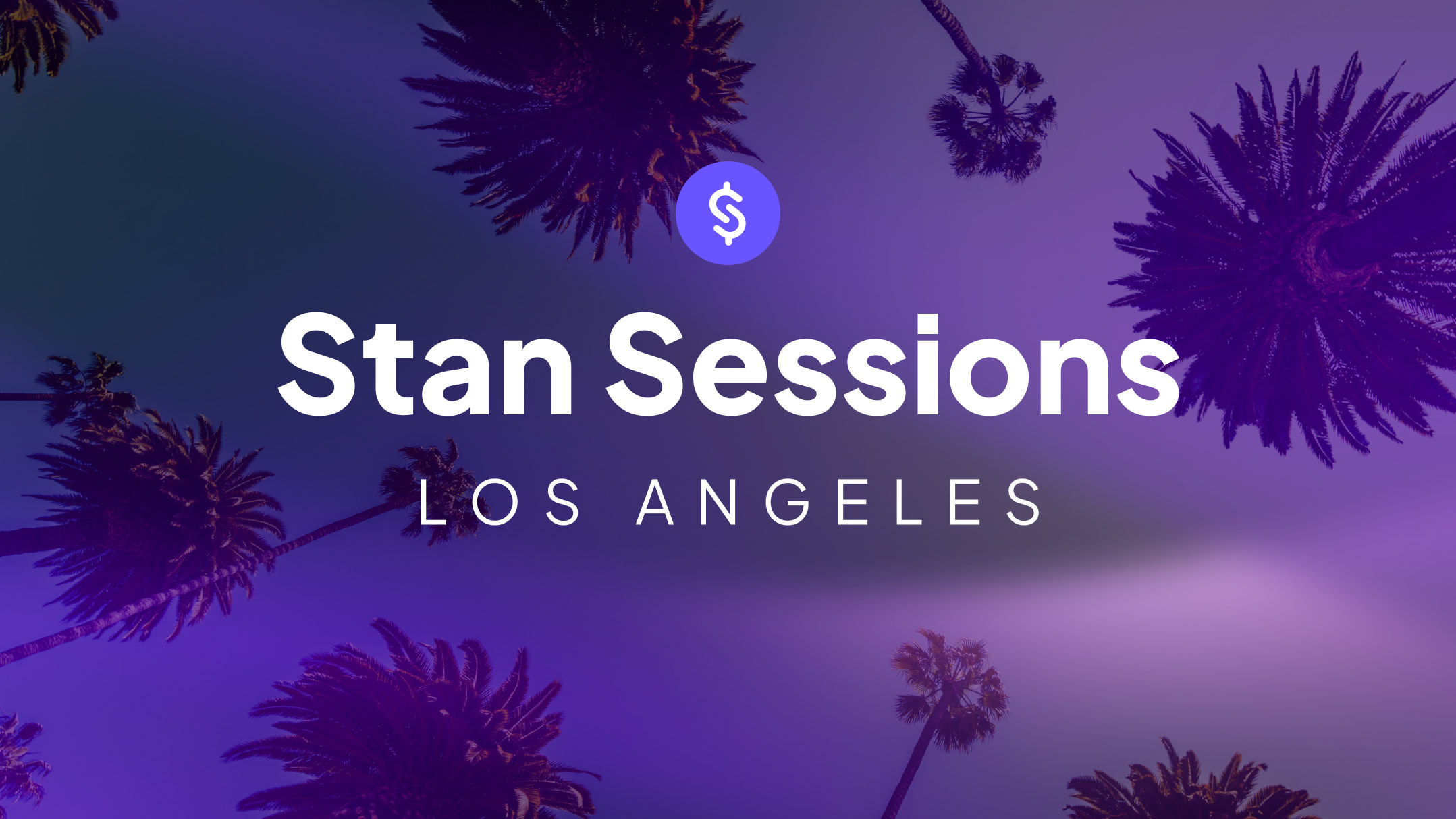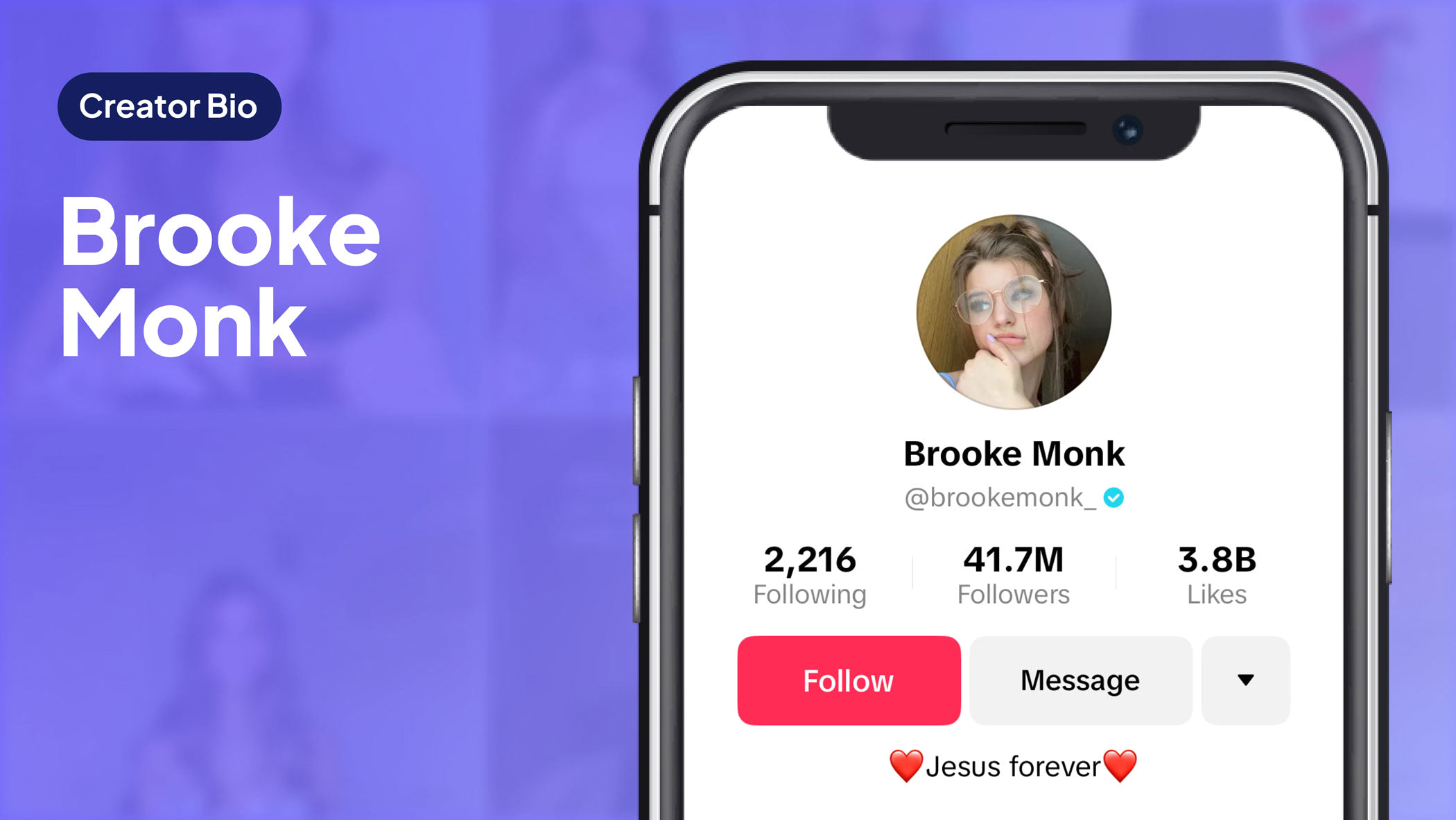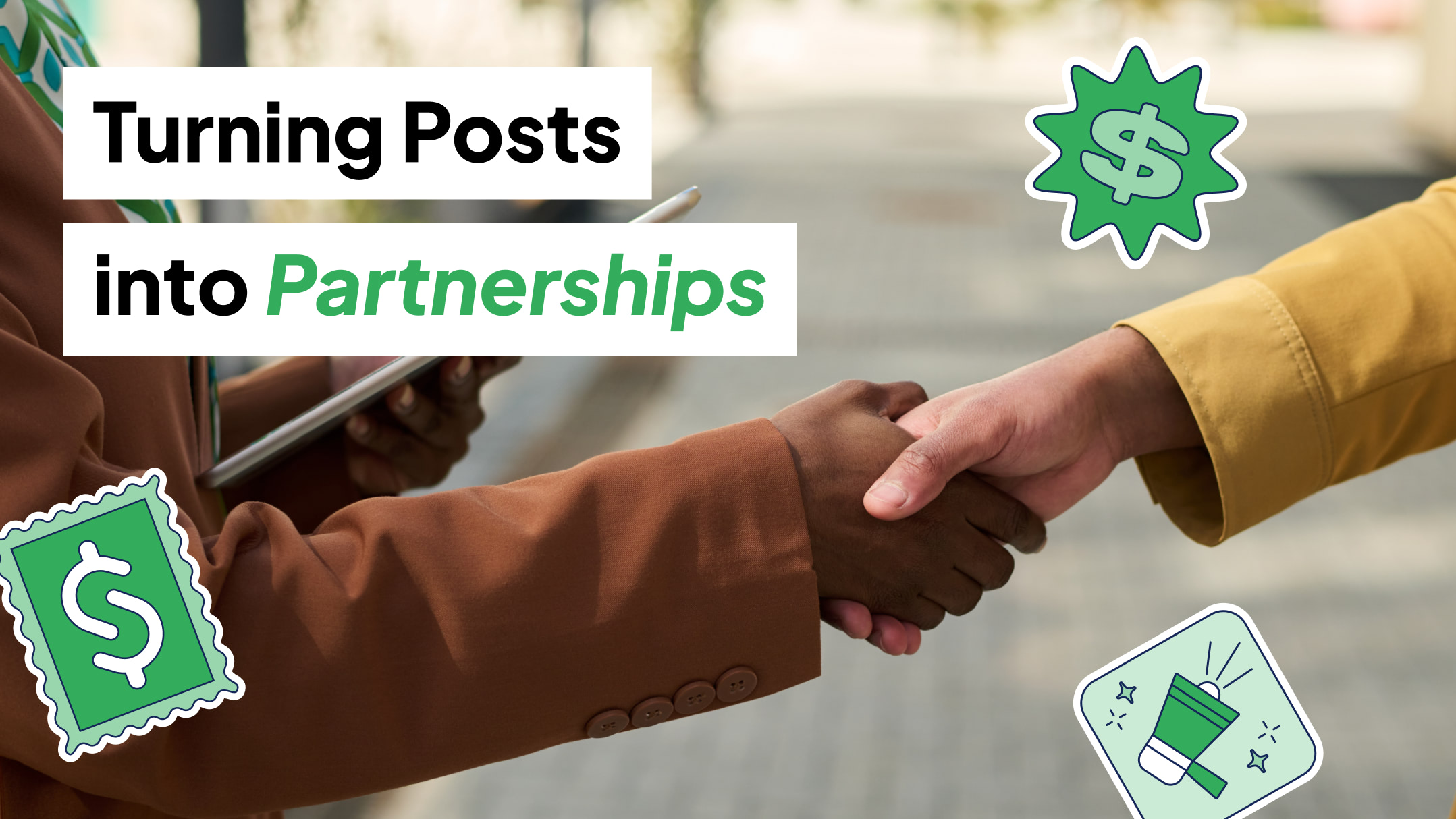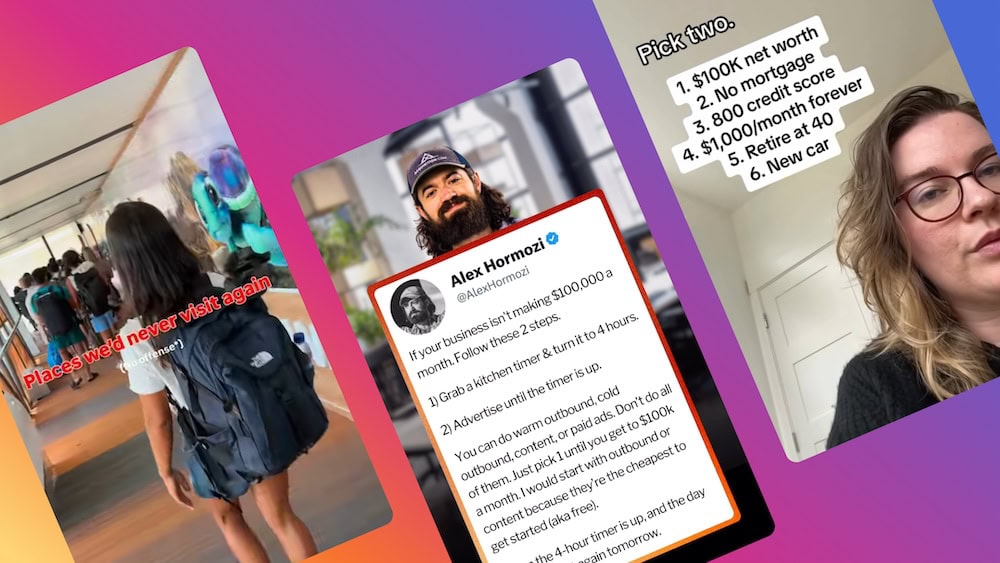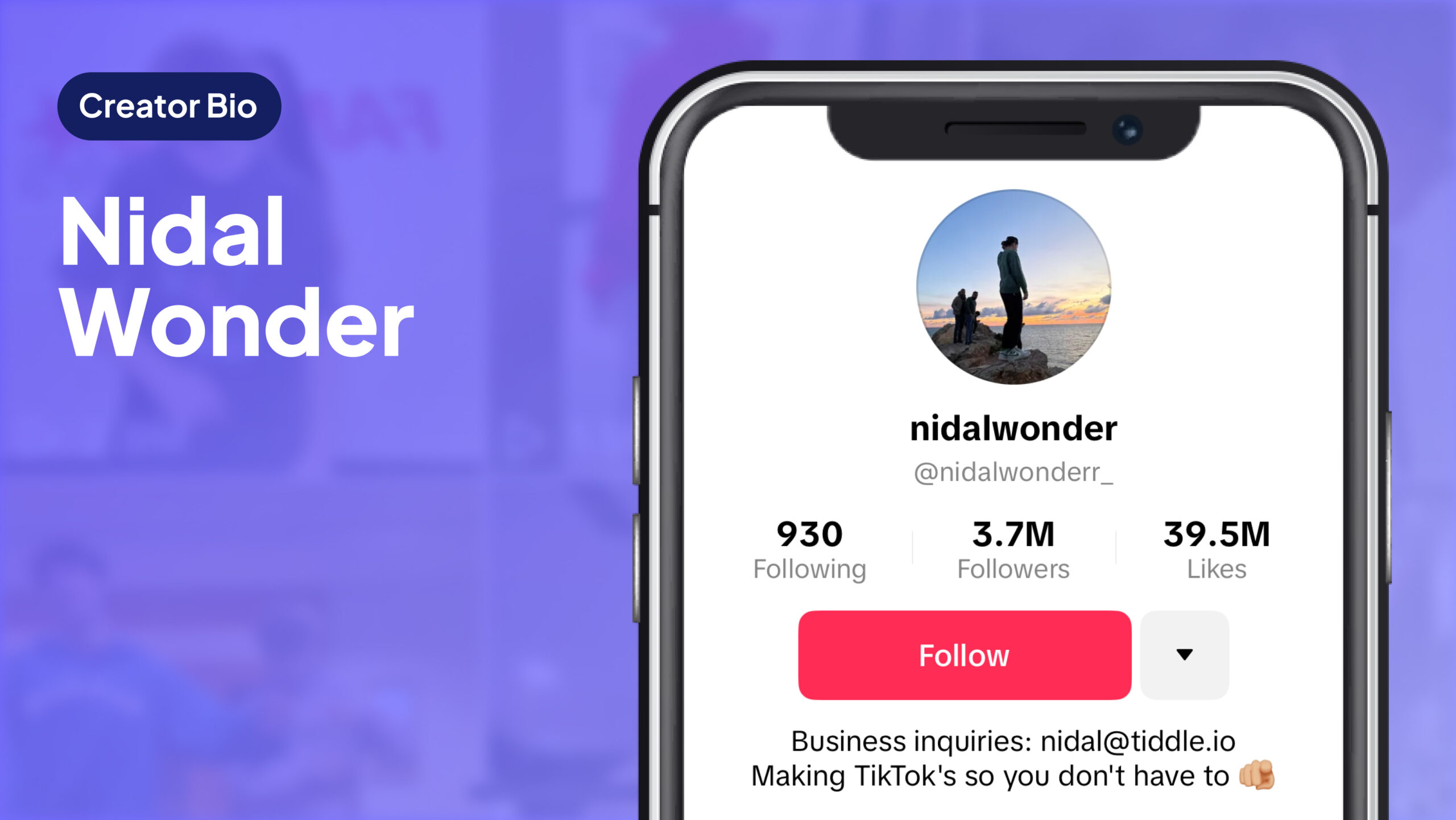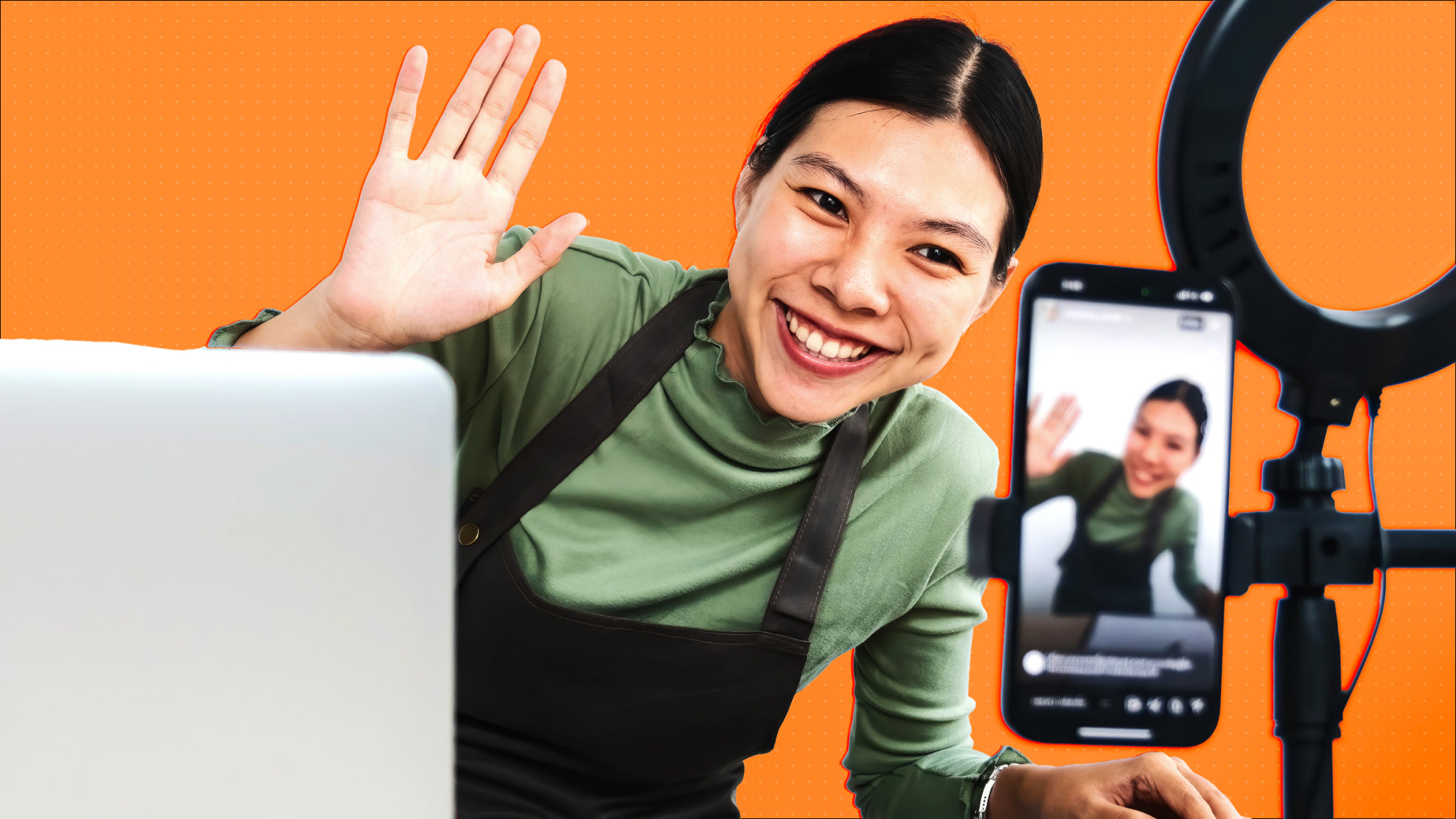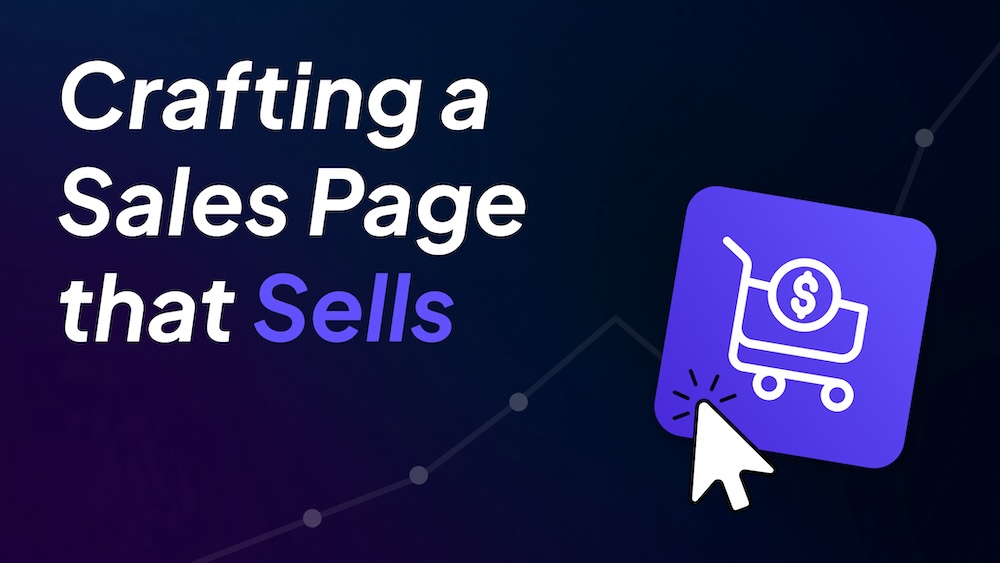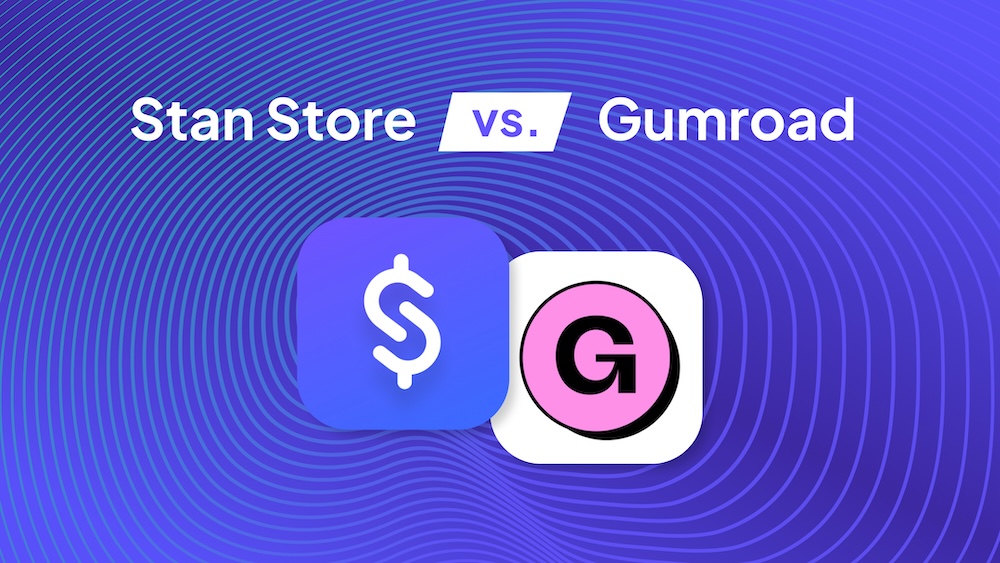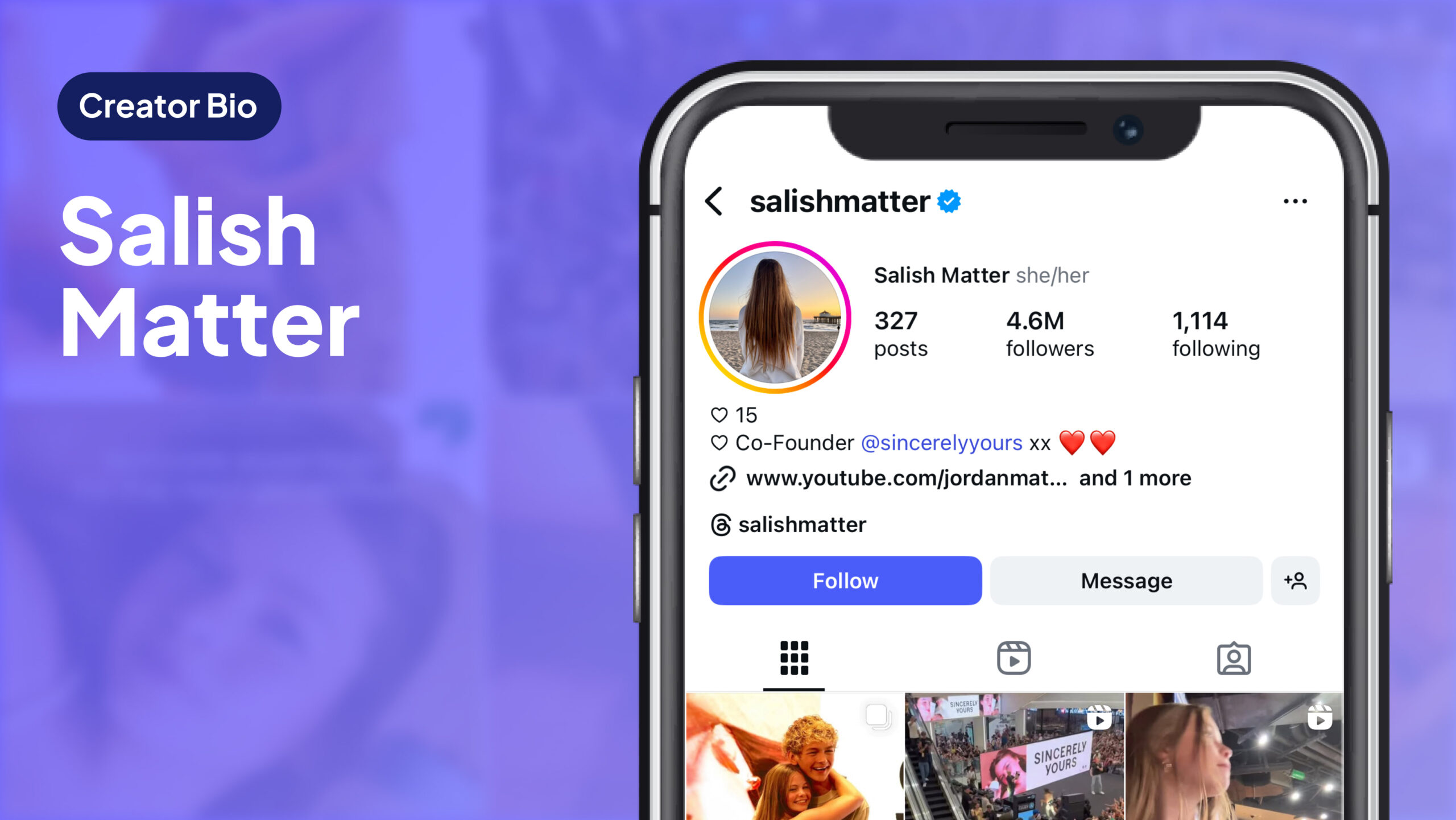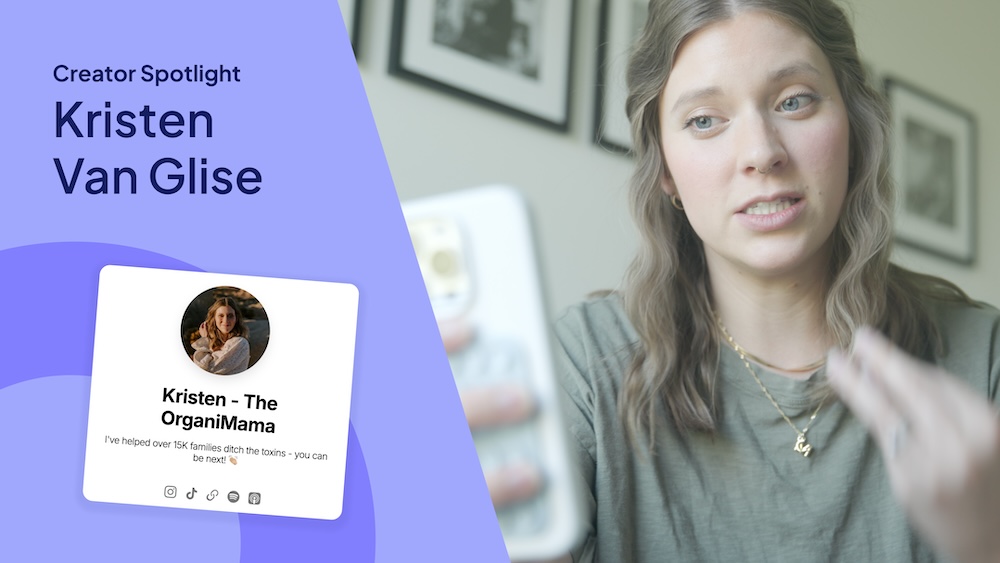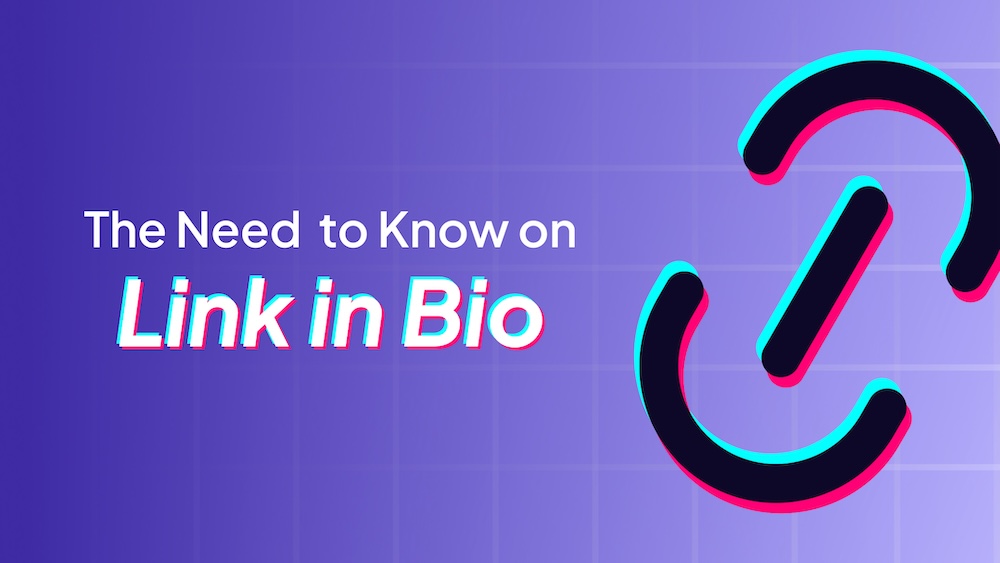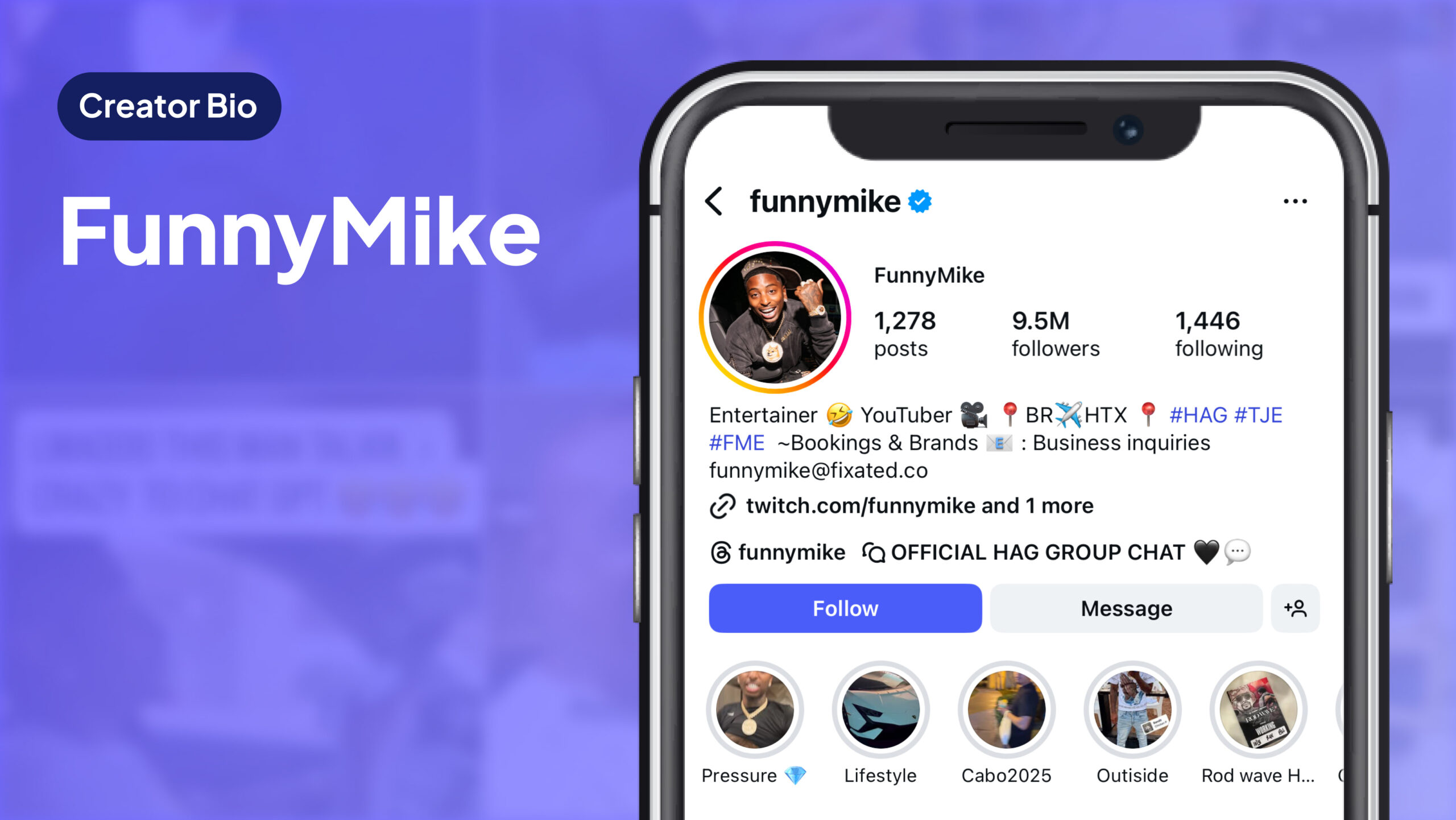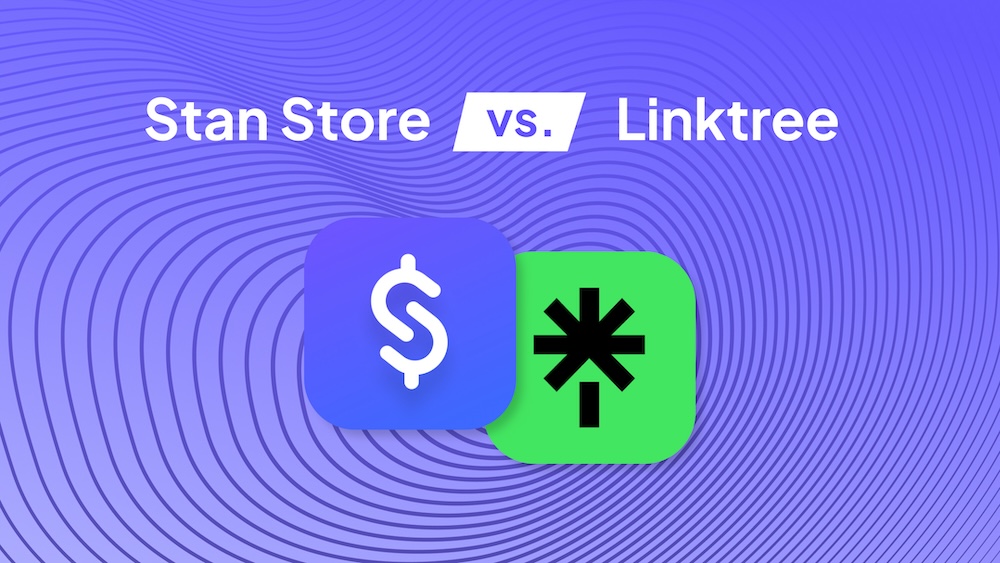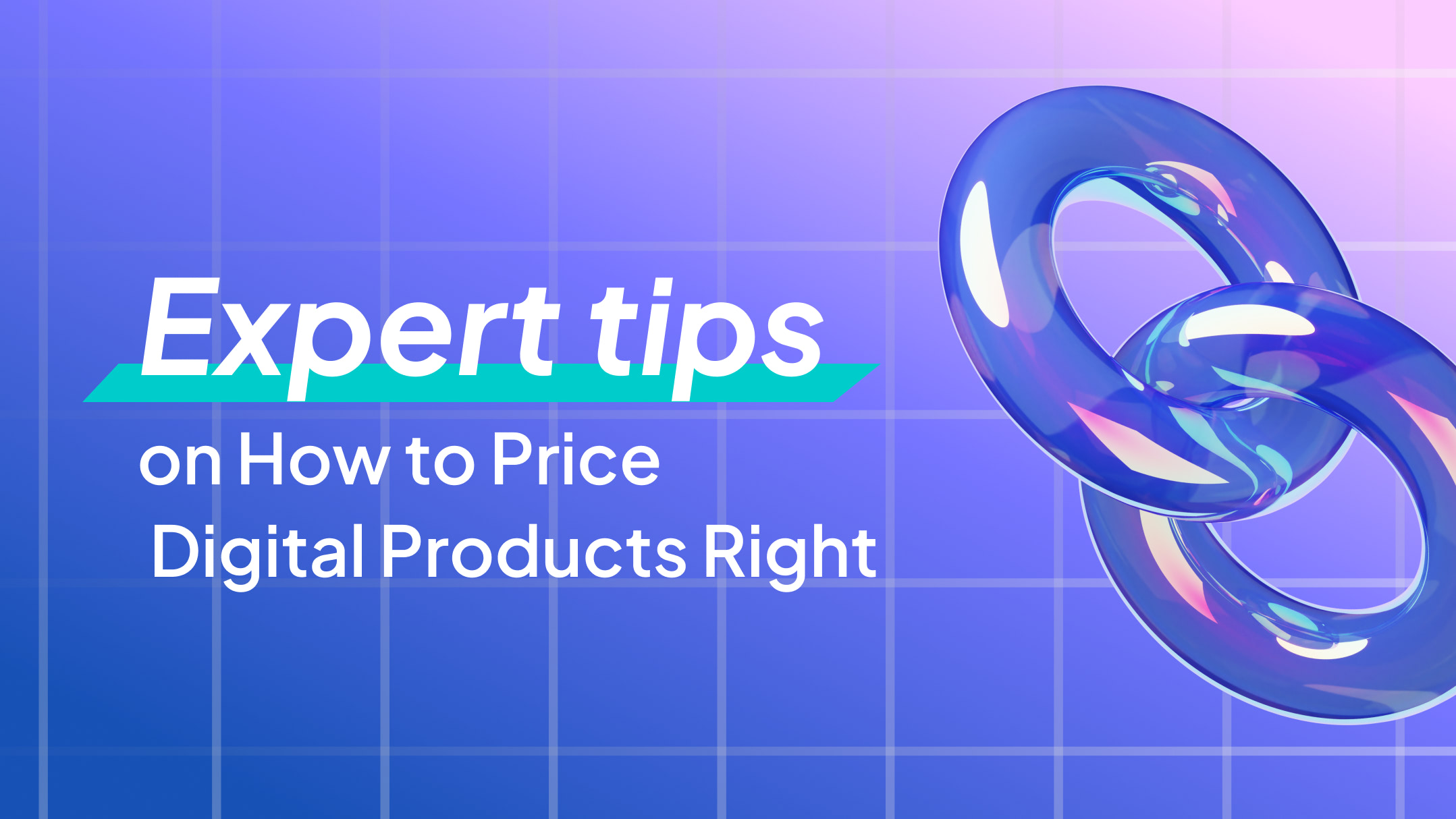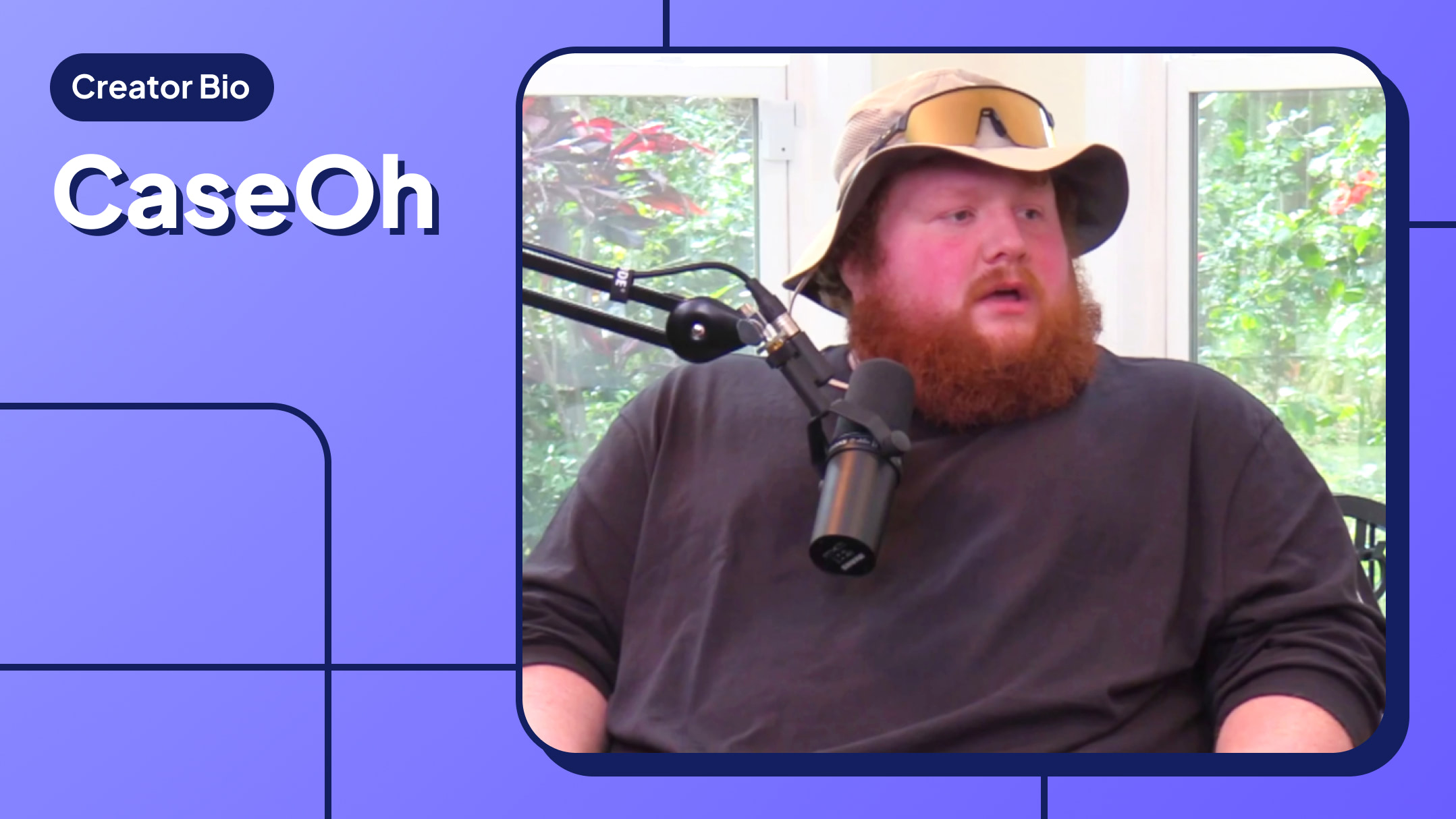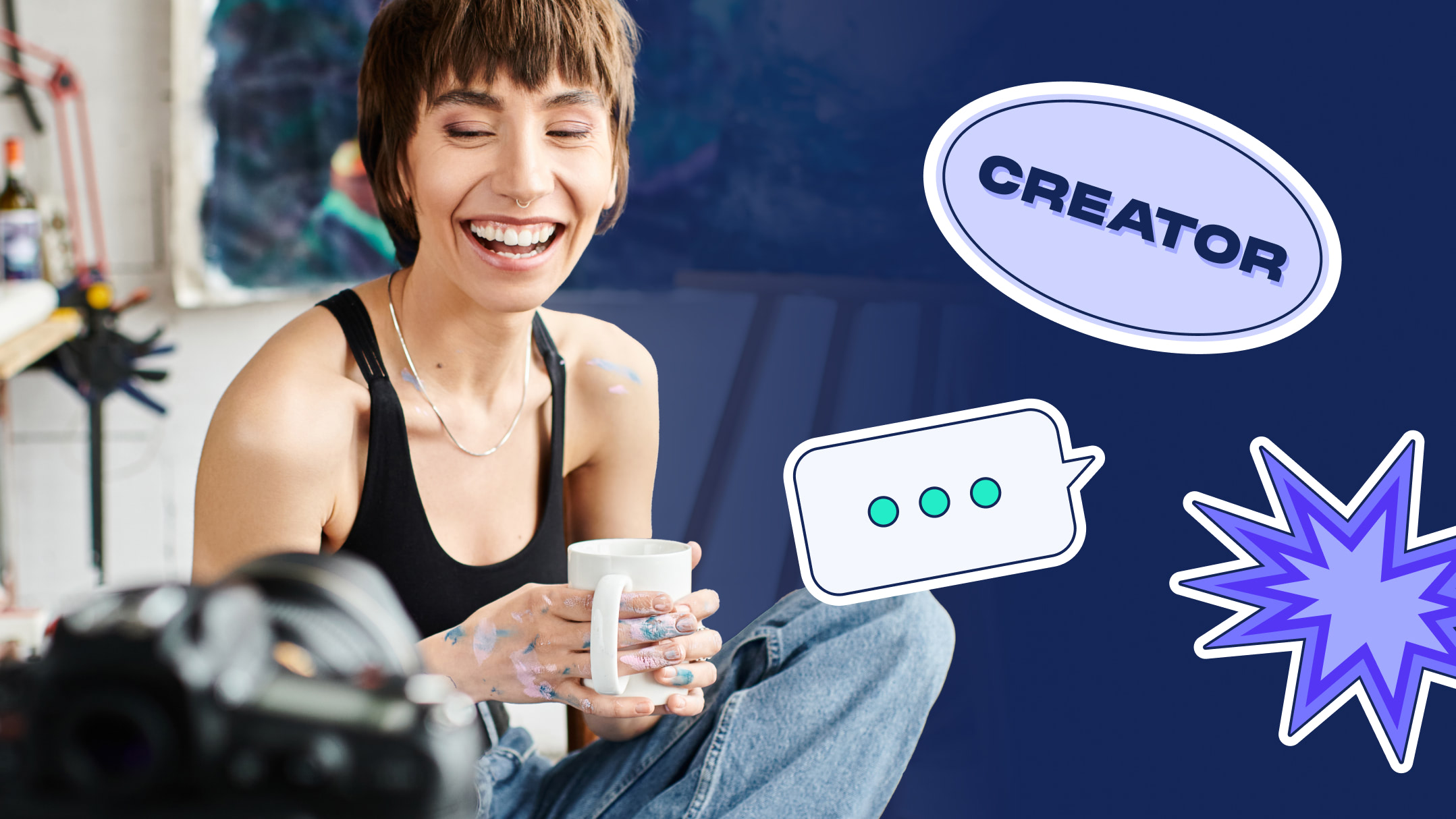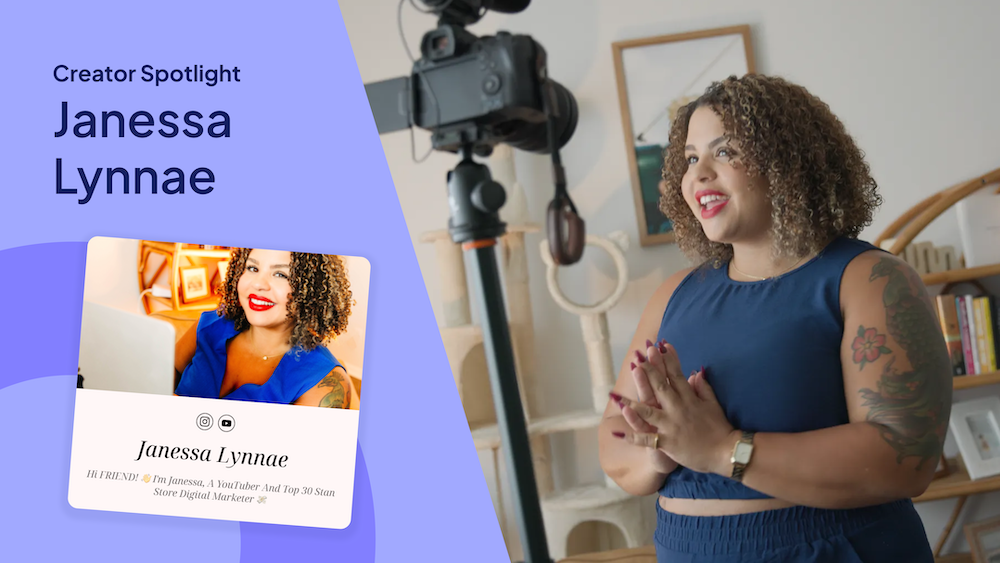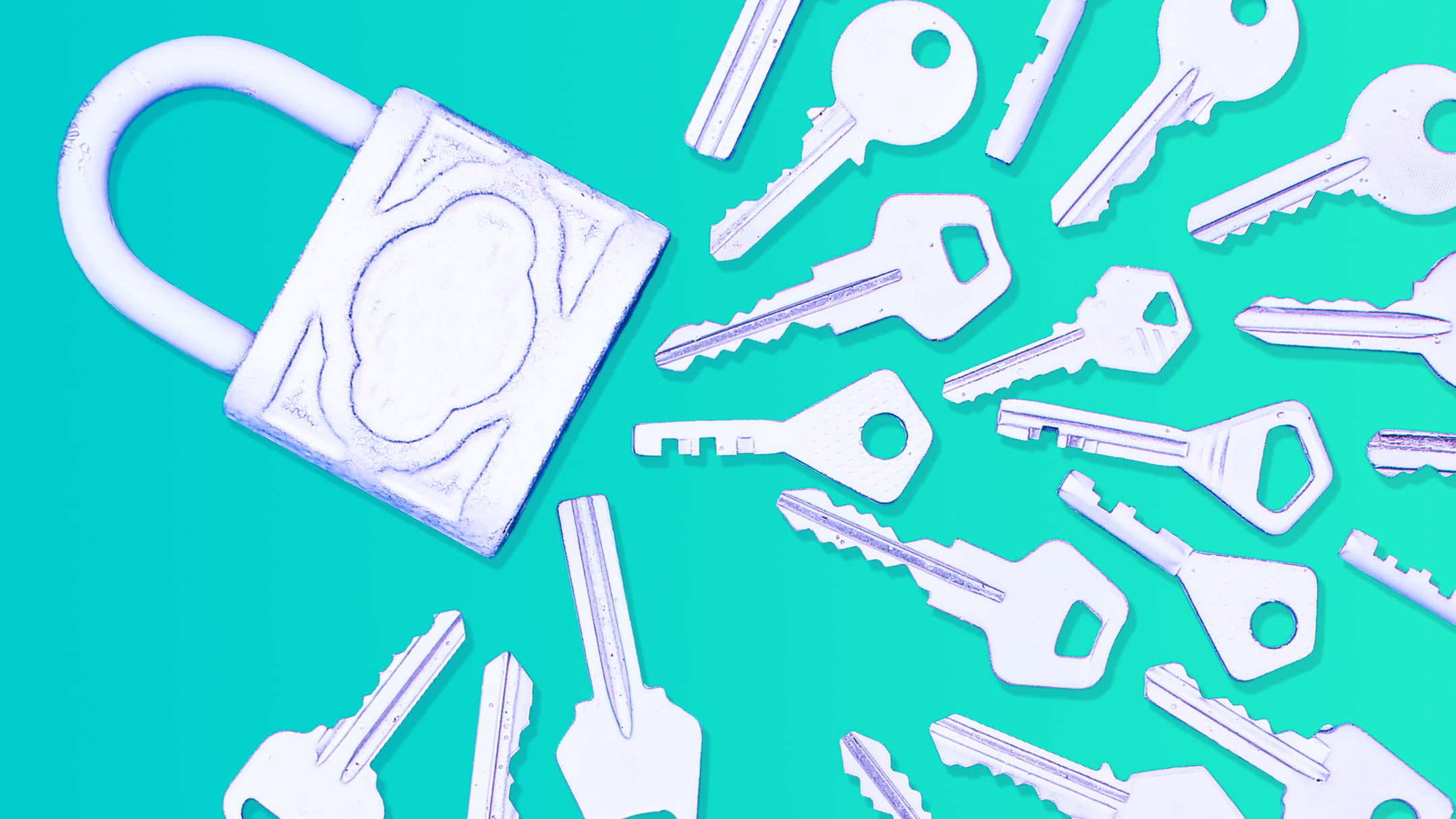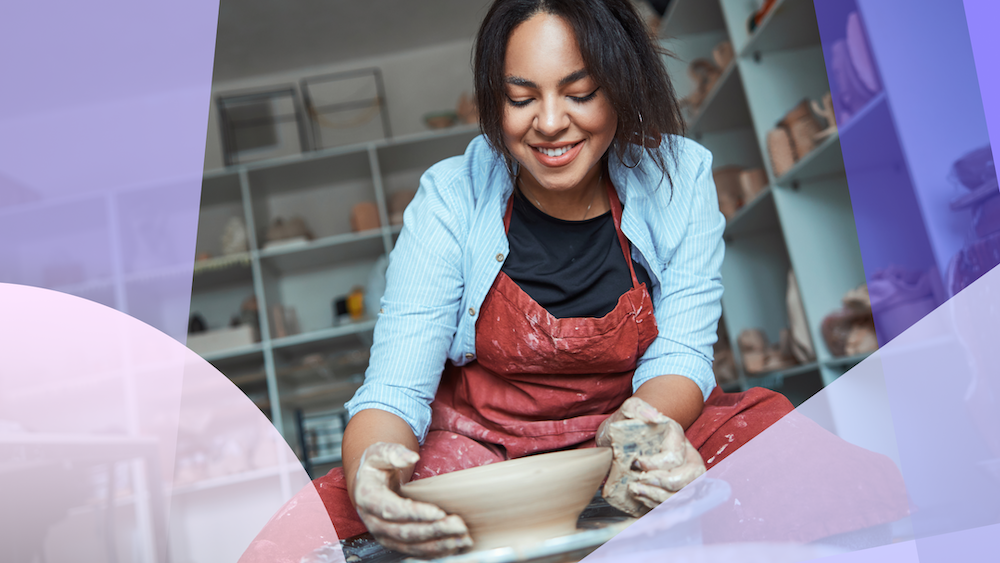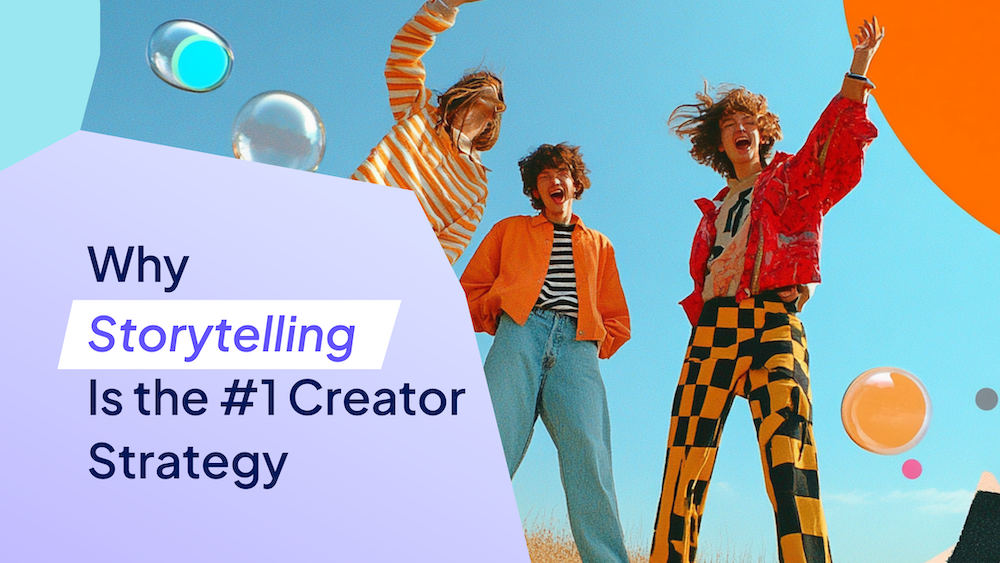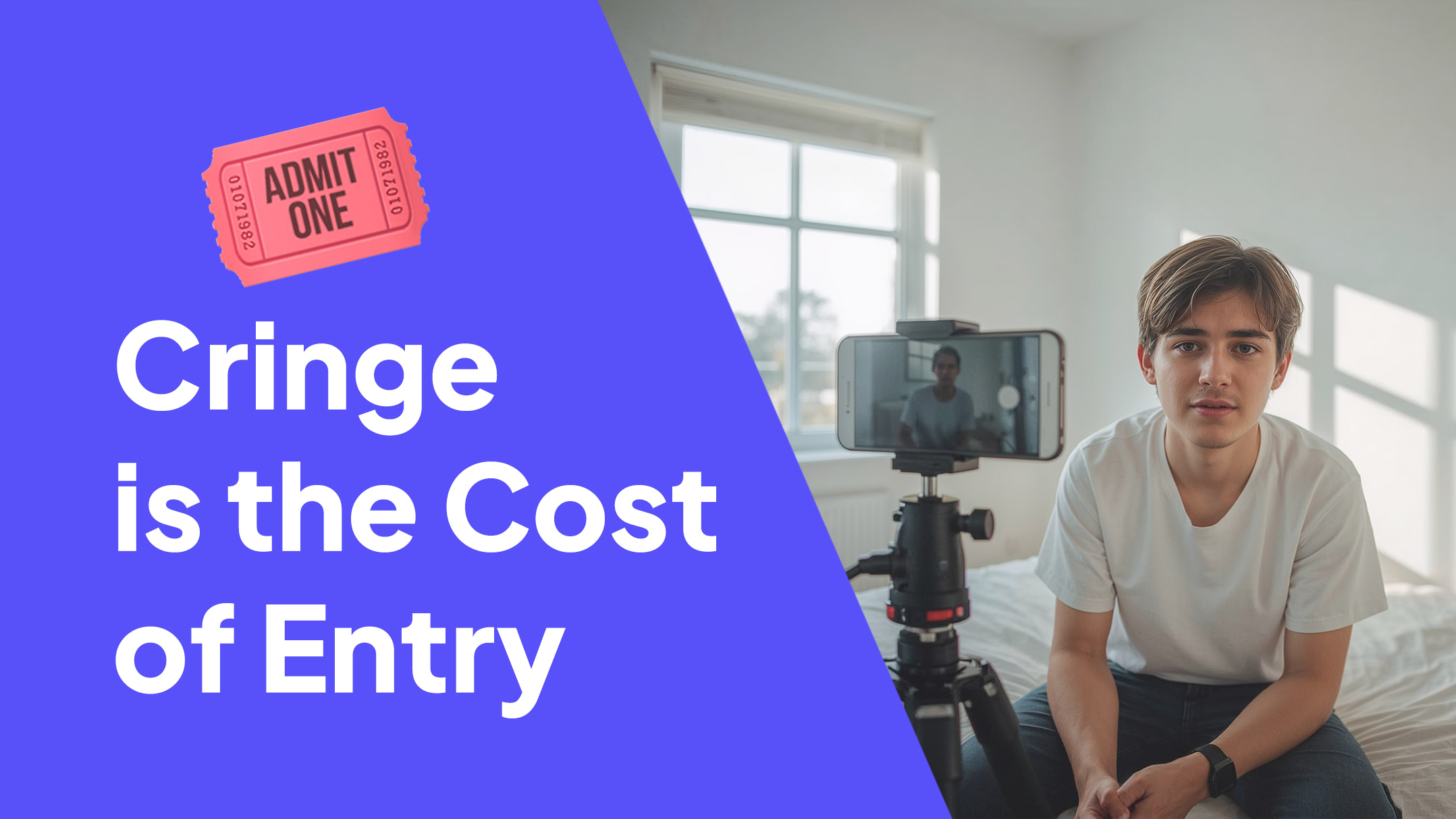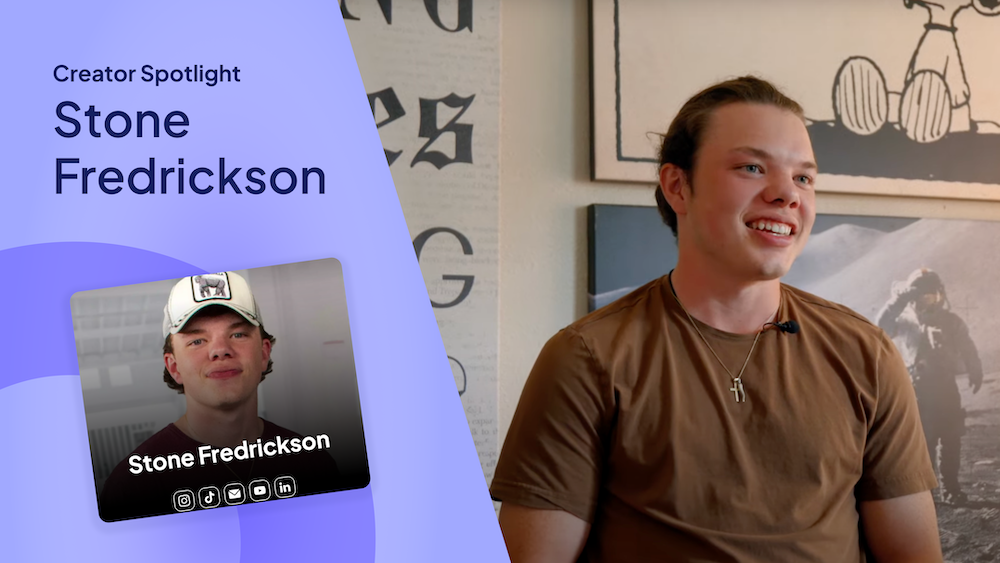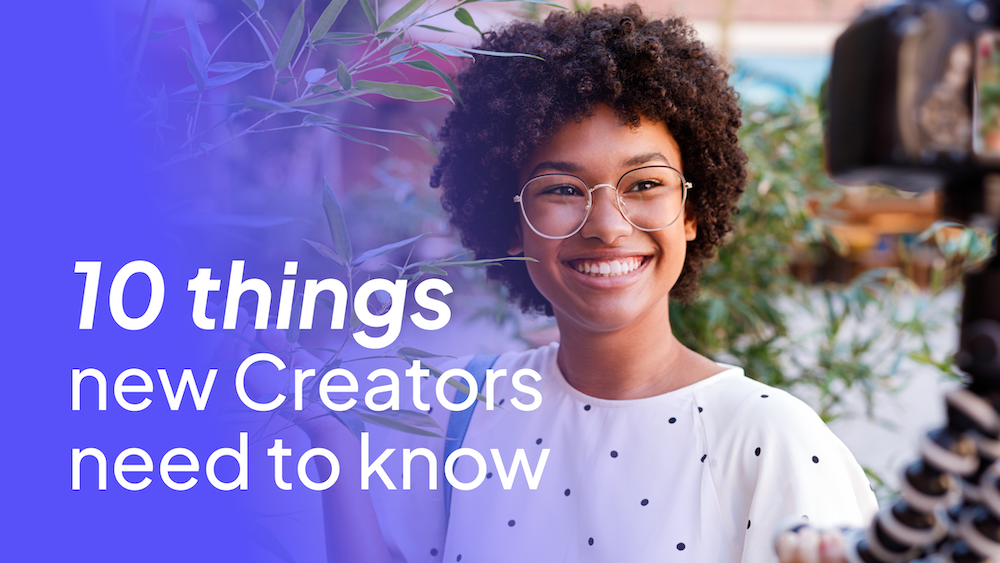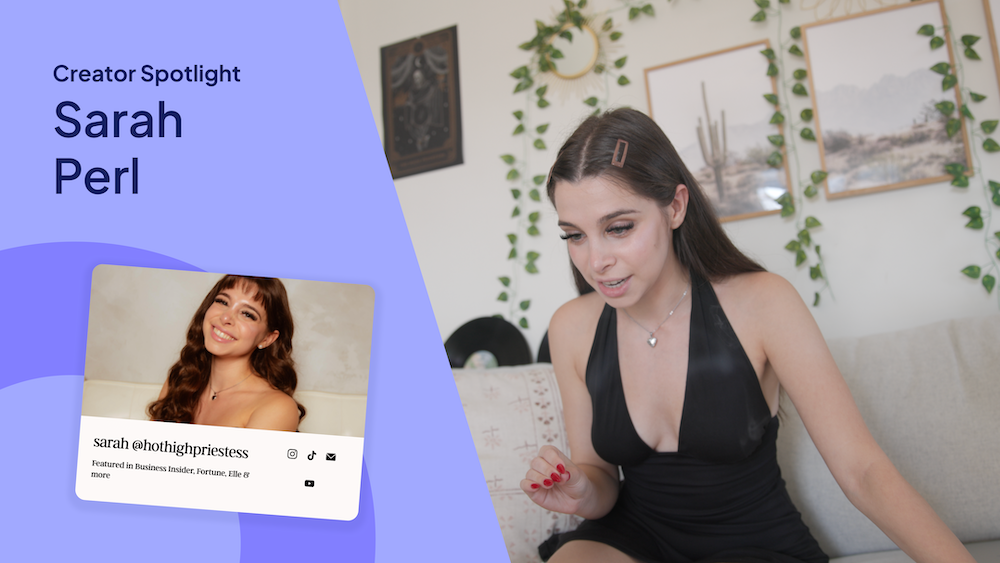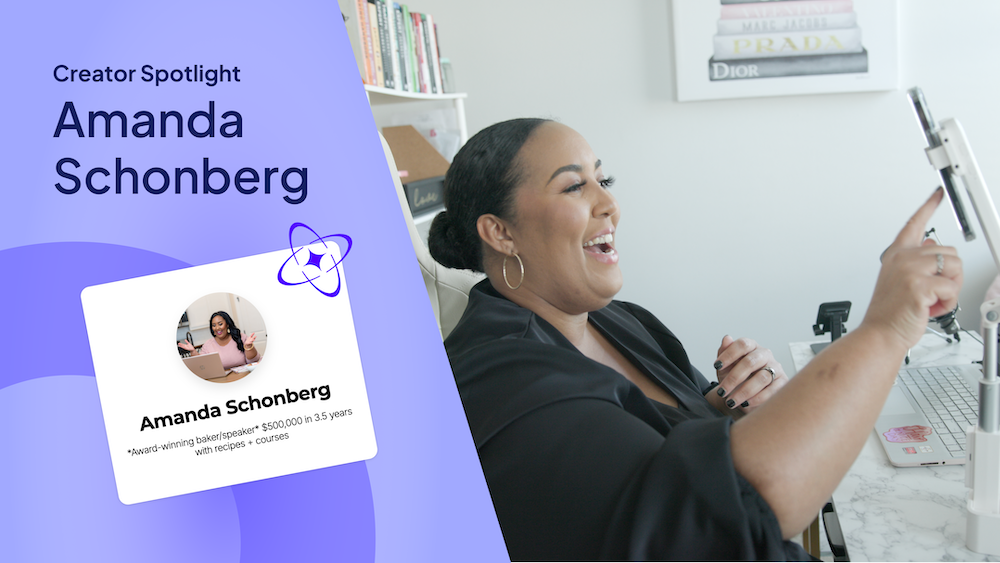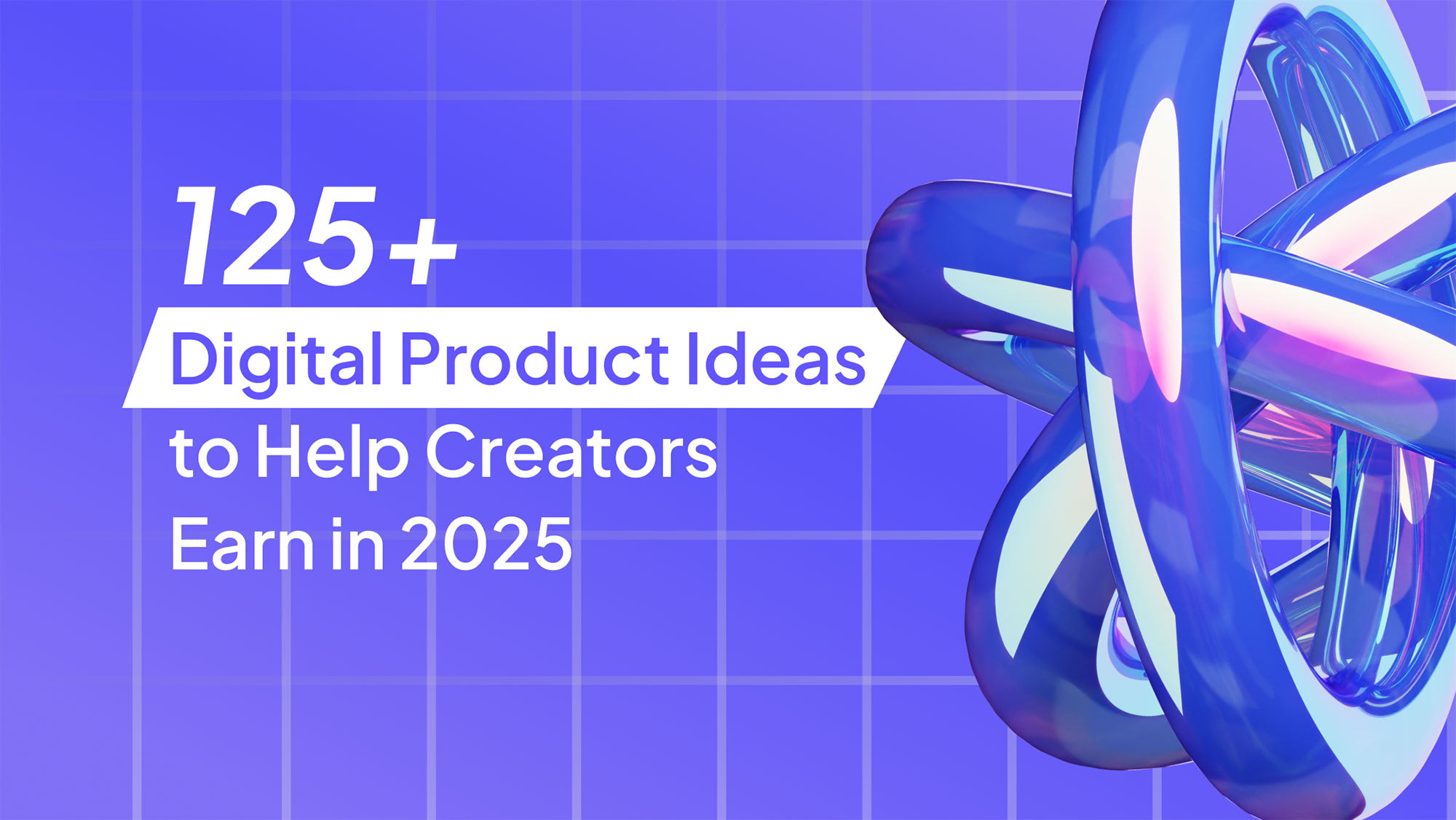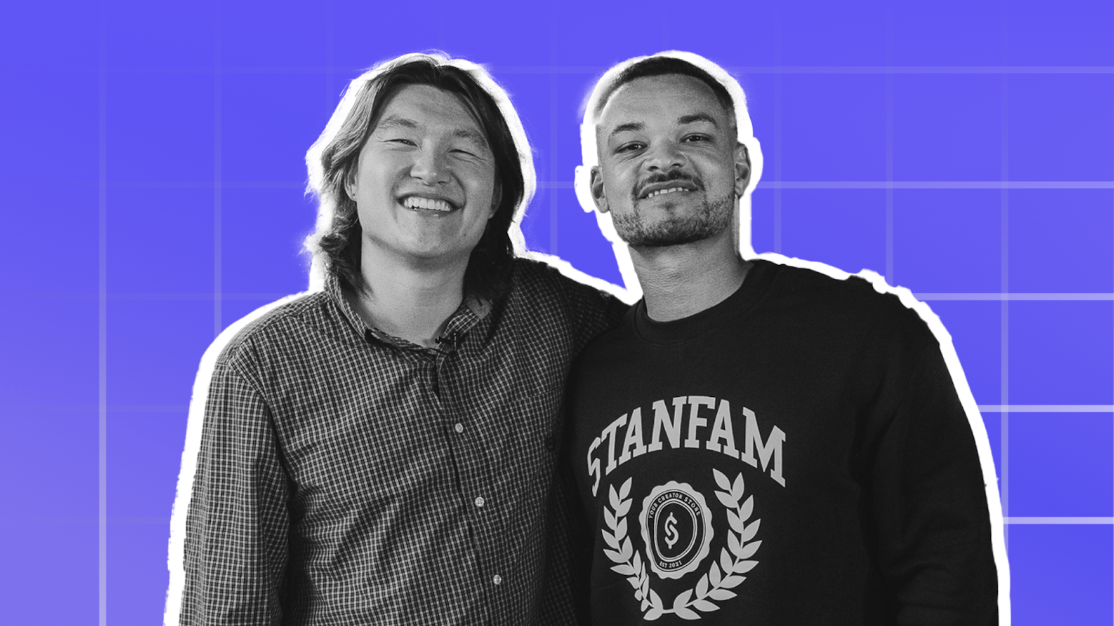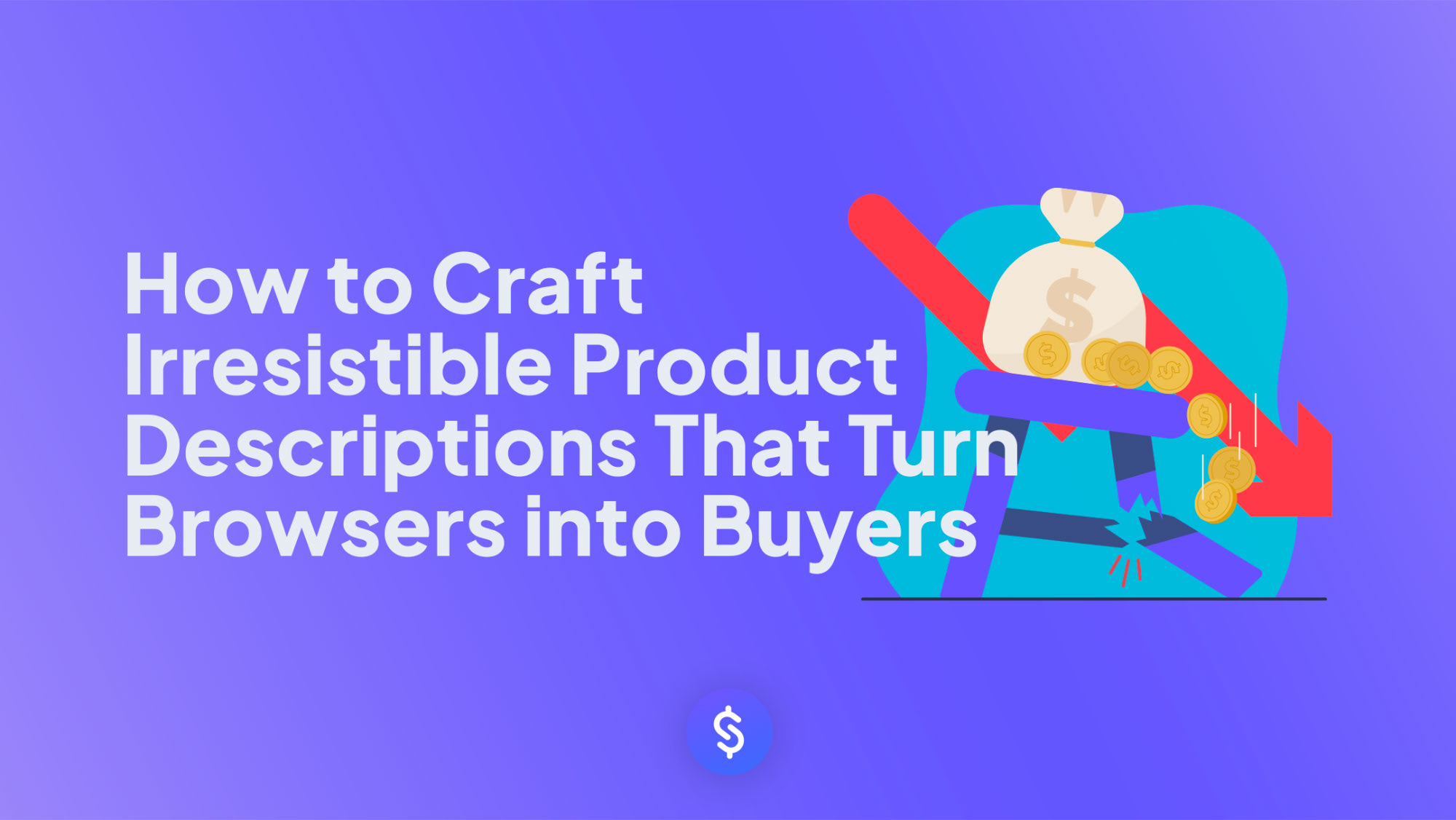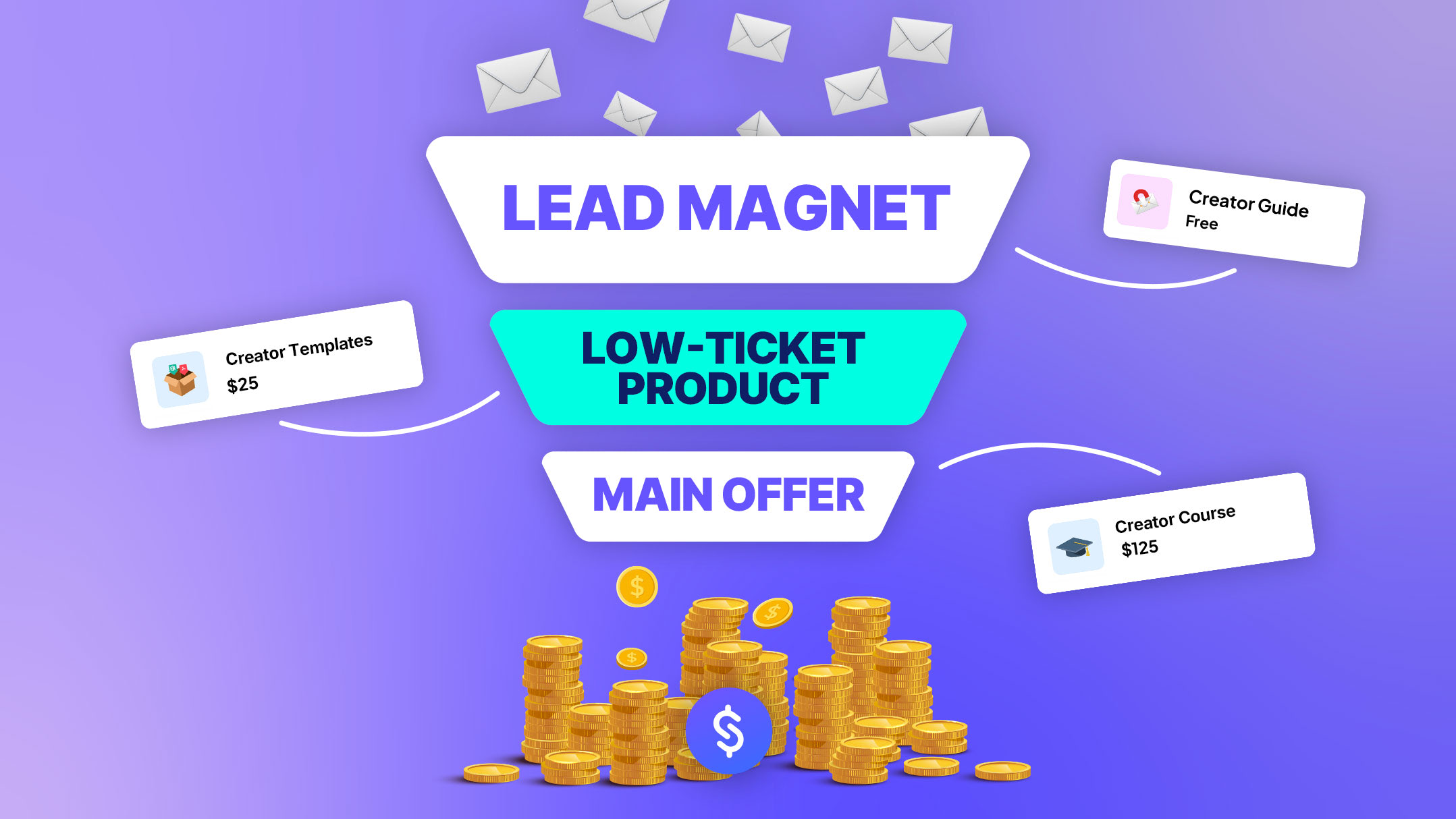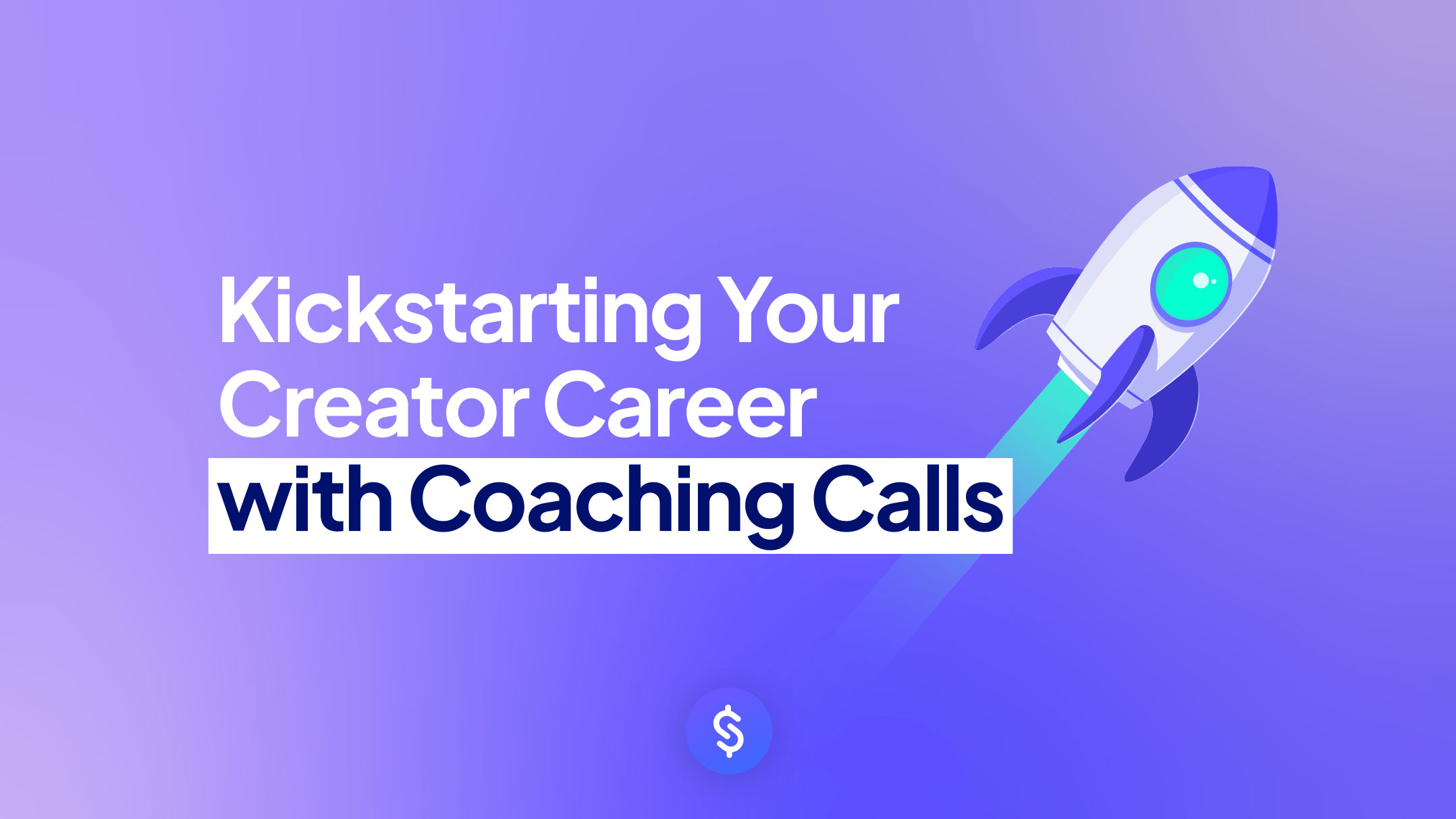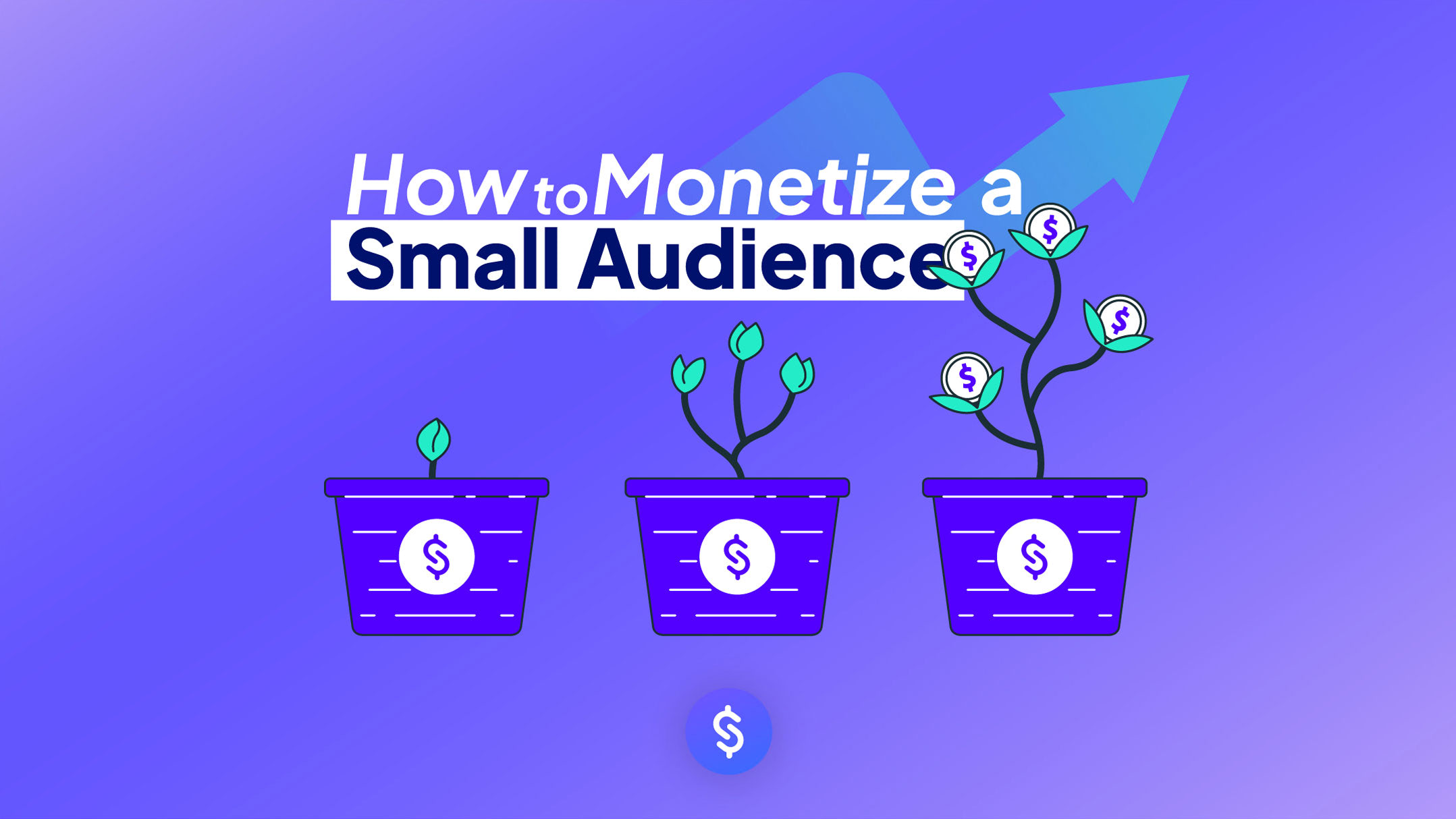TL;DR: The Creator economy is shifting from entertainment-first platforms like TikTok to expertise-first platforms like LinkedIn—and right now, it’s one of the biggest untapped opportunities for Creators. With new tools, monetization features, and sky-high engagement (but almost no competition), LinkedIn rewards depth, storytelling, and real expertise over virality. We’re breaking down why you should start showing up early, share what you know, and how to turn your profile into a business with Stan Store.
I don’t think many of us thought LinkedIn would become the social media platform.
For so long, it was seen as a dry, overly professional networking site. Hardly the place to build a Creator brand, especially with creative platforms like Instagram and TikTok stealing the limelight for short, snappy, viral content.
But fast forward to today, and LinkedIn is up there as a genuine Creator platform. For me personally, it’s been a massive help in growing my newsletter and selling resources to other freelancers.
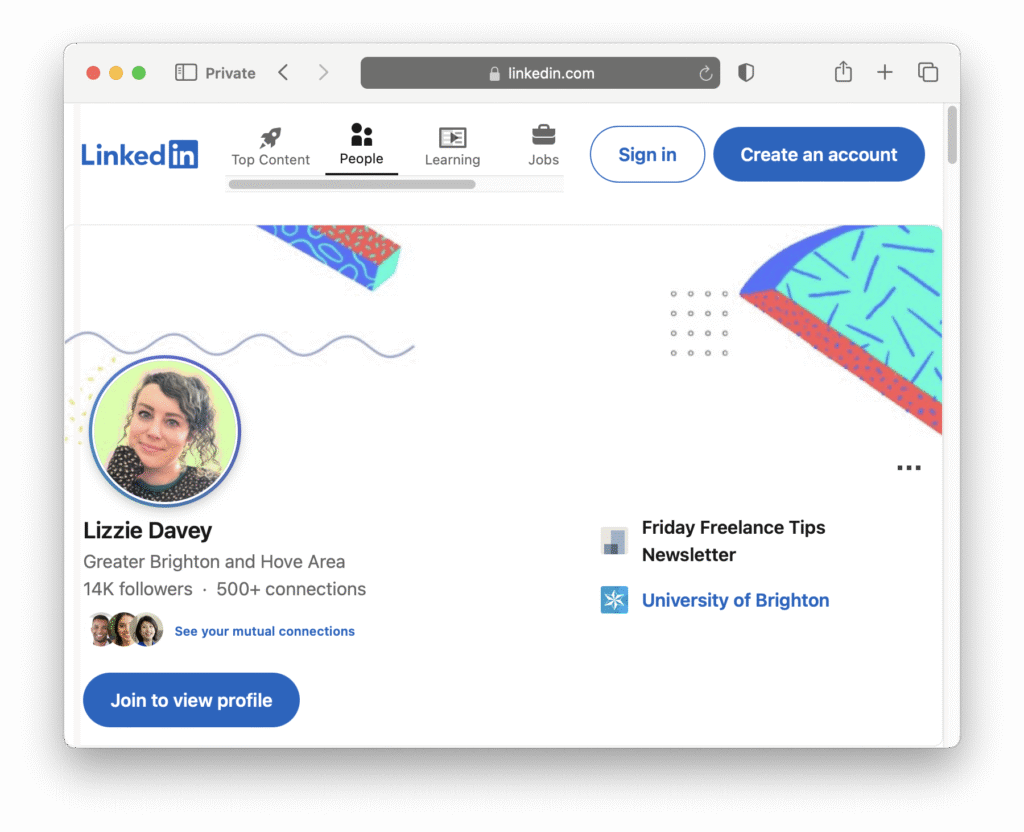
(That’s me).
I went from 0 followers to over 13,000 in just a couple of years after going all in on the platform during lockdown (boredom and the overwhelming need to connect with other human beings can make you do strange things).
And now it’s even better than before. In the past year or so, LinkedIn has been rolling out tools, programs, and monetization features built specifically for people who want to grow an audience and build ideas.
The Creator economy has shifted from choreographed dances on TikTok into something much bigger. Today’s top Creators go beyond pure entertainers. They’re educators, niche experts, and thought leaders building businesses around what they know.
I see it as a move from entertainment-first platforms to expertise-first ones. We’re no longer satisfied with content that simply passes the time. We actually want to consume content that teaches us something new, challenges how we think, or solves problems we have.
Hence why LinkedIn has become such an important stage for Creators. Its text-based format makes it the ideal place to share insights and tell stories.
LinkedIn’s Creator Push: Tools, Monetization, and Ecosystem
While LinkedIn may not have started as a Creator platform, it has quickly realized the potential of getting involved. Creators don’t have to mold the platform to suit their needs because LinkedIn is quickly rolling out a suite of features geared especially toward Creators.
Here’s what has been released recently:
- Creator Mode: Users can toggle on Creator Mode, which turns their profile from a static resume into a dynamic content hub. Your featured content and follower count take center stage, rather than your work history. There’s also extras, like newsletters, LinkedIn Live, and handy post analytics.
Top “LinkedInfluencer” Jay Clouse uses Creator Mode to link directly to his free course and newsletter.
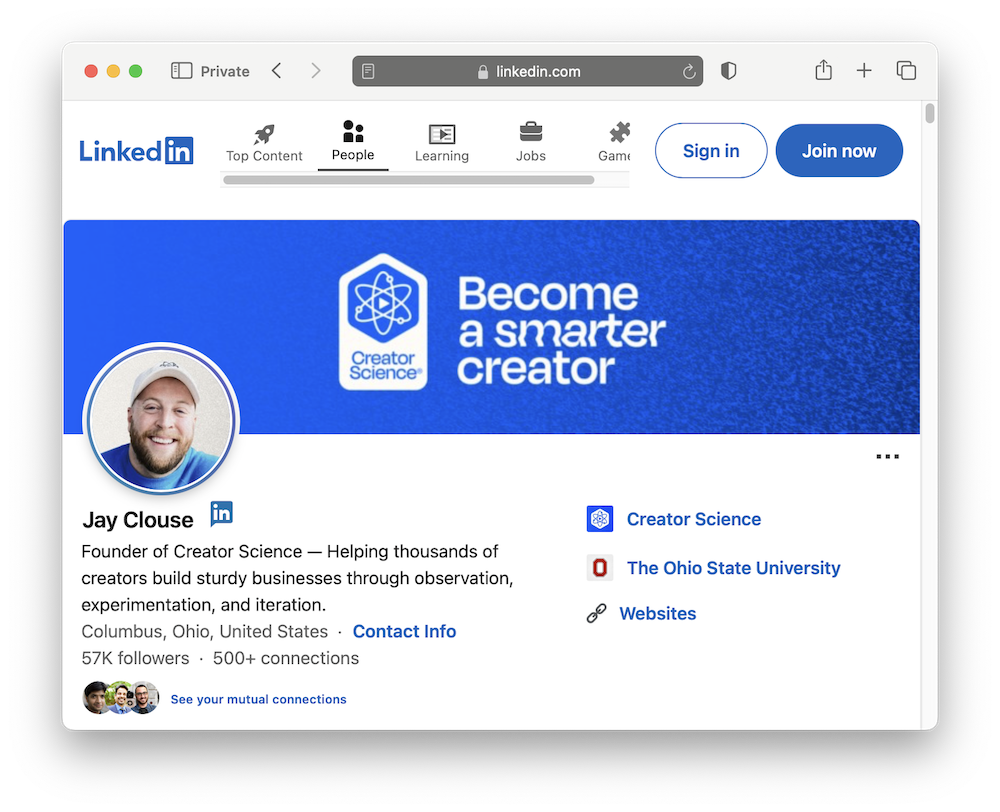
- Creator Accelerator Program: LinkedIn now offers funding to handpicked Creators, as well as mentorship and exposure to help them grow faster. This vision gives us an idea of how LinkedIn sees the future of the Creator economy, because it’s actively pumping cash into that segment of its user base.
- Ad revenue sharing: LinkedIn has already started testing ad revenue sharing for Creators, and we’re seeing early signs of video monetization and newsletter sponsorships. It’s obviously still in the early stages, but it’s clear that LinkedIn wants Creators to make money on the platform, not just because of it.
- Improved analytics and post insights: To back all this up, LinkedIn has worked hard to better its insights for Creators. You can now see exactly who’s engaging with your content, which is handy for spotting partnership opportunities.
- AI tools and post prompts: I couldn’t finish this list without mentioning AI. LinkedIn is openly experimenting with features that help Creators brainstorm post ideas and repurpose their existing content.
How LinkedIn Differs From Instagram and TikTok
I don’t think there’s any question about whether LinkedIn is the same as Instagram and TikTok, because it’s inherently different in many ways.
The biggest difference comes down to audience intent.
On LinkedIn, people want to learn, network, and invest in themselves, their businesses, and their careers. That’s very different to someone who wants to mindlessly pass some time doom-scrolling Reels on Instagram. This is good news if your brand relies on teaching things, because you’re not clamoring for attention among dancing videos or trending audio clips.
LinkedIn legend Lara Acosta sums it up in this video:
“The [LinkedIn] algorithm has begun rewriting itself. It’s no longer rewarding quantity. It’s rewarding expertise, but not expertise in the way you think. LinkedIn is now hunting for domain authorities. People who can actually prove they’ve done the thing that they’re teaching.”
Then there’s the longevity factor.
A good LinkedIn post doesn’t vanish into the algorithmic void after a few hours. It can keep resurfacing in feeds for days (or even weeks). And, while this is kind of similar to TikTok and Instagram, it feels like LinkedIn posts don’t hinge so much on virality in order to get seen.
In fact, LinkedIn rewards depth over virality, which is actually one of my favorite things about it.
The algorithm is built around meaningful engagement rather than fleeing trends. This means you (thankfully!) don’t have to go viral to make an impact. Thoughtful, consistent posting can easily get you in front of decision-makers and brand partners without needing to rack up millions of views and likes.
There’s also a big difference in the types of Creators that use LinkedIn versus those on Instagram and TikTok. Instead of promoting skincare or supplements, most LinkedIn Creators work in the B2B space and partner with SaaS companies or tech platforms.
And finally, there’s already built-in trust. Unlike Instagram or TikTok where you can make as many accounts as you like (nameless and faceless, too, if you so wish), on LinkedIn you have a name, a job title, your experience, and often a portfolio all on one page.
Why Now Is the Time to Build a Brand on LinkedIn
There’s no time like the present to start creating on LinkedIn.
Engagement has gone through the roof in the past couple of years, and I can personally testify to this. It’s taken me 5+ years to hit 2,000 followers on Instagram, whereas it’s taken me 2 years to reach 13,000 on LinkedIn. And I didn’t have to create time-consuming cover photos or Reels to get there. Instead, I just jotted down my thoughts and voila.
But perhaps more interestingly, despite engagement ramping up, there are still so few users posting regularly. There are many claims (here, here, and here) that say only 0.3% of users post on the platform once a week. I have one thing to say about that: potential.
At the same time, B2B brands are shifting serious marketing budgets toward LinkedIn Creators. Working with trusted voices who’ve built credibility and niche audiences often outperforms traditional ads, and brands are getting wise to it.
This means there’s an abundance of partnership opps right now as brands start dabbling in LinkedIn’s Creator ecosystem (and we all know what happens when you get in there early).
To sum it up: LinkedIn is in what we might call its early YouTube phase right now. Growth is fast, competition is still relatively low (but get in quick!), and audiences have their wallets on the table.
🚀 Low-effort posting + high engagement + barely any competition + brands shifting budgets = massive opportunity on LinkedIn right now
Strategies for Creators Transitioning to LinkedIn
So how do we do this?
If you’re used to creating on platforms like Instagram or TikTok, stepping out on LinkedIn might feel a little uncomfortable at first. But it’s not as different as you think. The same storytelling and consistency apply here, just with a sharper focus on value and connection.
Shift Your Mindset
First, think about changing your mindset from entertainment to education and conversation. LinkedIn users aren’t looking for a passive way to pass time in the same way that Instagram and TikTok users are.
Before I write a post, I think about how I can change the way someone thinks or how my own experiences can help someone tackle a challenge or issues they’re currently facing.
Build In Public
If there’s one thing I’ve learned from being active on LinkedIn, it’s that people love to see others growing and building in real-time. I’ve seen a lot of Creators do well building in public. That is, sharing their processes, experiments, mistakes, and behind-the-scenes moments.
Olly Meakings, Founder at Senja, regularly shares updates on how the business is doing on LinkedIn. He deep dives into the brand’s numbers, sales, and mishaps.
Qetsiyah Jacobson follows a similar tactic. She shares her behind-the-scenes numbers alongside her thoughts and feelings to provide a bit of context.
Create Content Series
Consistency is important on LinkedIn. I’ve noticed that if I go a week or so without posting, my numbers start to drop and I have to build it back up again. To help stay on track, it can be a good idea to post a content series, like “Monday marketing lesson” or “What I learned this week”. This also encourages your audience to come back if they like the series.
Don’t Feel Like You Have to Start From Scratch
If you’ve already been creating content elsewhere, don’t feel like you need to start over completely. In fact, I often turn my Instagram posts or Stories into LinkedIn content and I always repurpose my weekly newsletter into a couple of LinkedIn posts throughout the week.
I turned this Instagram Reel into a LinkedIn post that performed really well.
Collaborate as Well as Create
LinkedIn is inherently a place to connect with other pros. I’ve found that the more I comment and interact on other posts, the better my own posts do. I’m not sure if there’s a direct correlation there, but it makes sense to grow your network in multiple ways.
I do this by commenting thoughtfully on other Creators’ posts, starting conversations, and generally giving back.
Monetize When You’ve Built Trust
It took me a while to start promoting my products on LinkedIn because I wanted to establish that critical layer of trust before I asked people to buy from me. Once you’ve done that, it’s natural to introduce offers (because people will inevitably ask), like consulting, affiliate products, or digital resources.
Platforms like Stan Store help you showcase what you offer without sending people off-platform or overcomplicating your funnel.
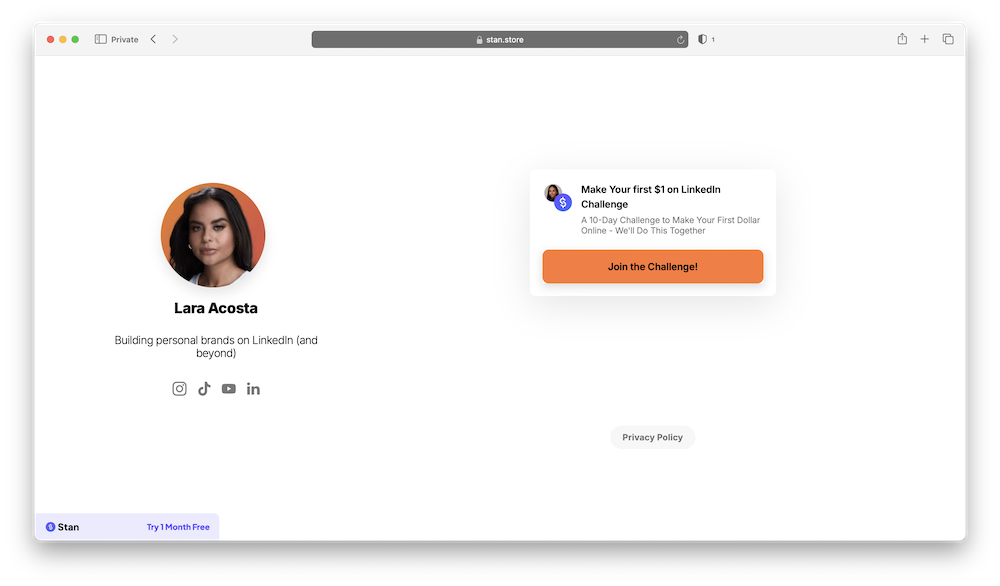
Lara Acosta uses her Stan Store to link to her latest challenges and resources.
The Future of the LinkedIn Creator Economy
LinkedIn is not pumping the breaks any time soon.
Its dedication to releasing new and improved features shows its intention is to become the home for professional Creators.
While it’s hard to know exactly what will happen next (hello rollercoaster of a decade), there’s a good chance we’ll see full ad monetization roll out soon, which will give Creators a direct way to earn from their content without relying solely on brand deals or off-platform income.
Affiliate integrations and in-platform sponsorship tools probably won’t be far behind, and I’m willing to bet there will be an uptick in video and short-form content. The fast-paced nature of TikTok is popular for a reason.
LinkedIn is already testing native video features and experimenting with new post formats, and it’s really only a matter of time before vertical, short-form video becomes a standard part of the feed. But, unlike TikTok or Instagram Reels, these videos will lean more toward education rather than entertainment for entertainment’s sake.
And as this ecosystem matures, I’m going to go out on a limb and say we’ll see “LinkedIn Creator” become a legitimate career path, especially for B2B professionals.
Basically, early adopters will reap the rewards. If you start now, you’ll cash in on the authority, networks, and monetization opportunities when LinkedIn’s Creator economy fully takes off.
LinkedIn Might Just Be The Smartest Platform to Bet On
LinkedIn has officially outgrown its reputation as a digital resume site.
It’s now more of a relationship engine that joins together ideas and opportunities. For Creators, this shift changes everything because it presents a brand new place to build a genuine community around your expertise.
The Creator economy is moving into its professional era and we are here for it. But time is of the essence. The sooner you start showing up on LinkedIn, the faster you’ll build the kind of authority that leads to work opps and sales.
So take it from me that this is your sign.
If you’re serious about growing your presence and brand authority on LinkedIn in 2026, check out Stanley for LinkedIn—your AI content advisor that analyzes your posts, gives feedback, and helps you generate new post ideas in your own voice.
